|
With in-person author events still on hold indefinitely, I'm devoting one blog post each month to an author interview. This month's interview is with Janet Glaser, who writes as J.Q. Rose. Her mysteries, Deadly Undertaking, Terror on Sunshine Boulevard and Dangerous Sanctuary, released by Books We Love Publishing, offer readers chills, giggles, and quirky characters. After presenting workshops on Writing Your Life Story for several years, Janet decided to take her advice and pen her memoir, Arranging a Dream: A Memoir. The book is scheduled for release January 1, 2021, also from Books We Love Publishing. Arranging a Dream tells the story of how Janet and husband Ted, budding entrepreneurs with more enthusiasm than experience, purchased a floral shop and greenhouses in 1975, where they planned to grow their dream. Leaving friends and family behind in Illinois and losing the security of two paychecks, they transplanted themselves, their one-year-old daughter, and all their belongings to Fremont, Michigan, where they knew no one. Through trials and triumphs, Janet and Ted dug in to develop a blooming business while juggling parenting with work and keeping their marriage thriving. To celebrate the Arranging a Dream: A Memoir Winter Virtual Book Tour, Janet is offering a free eBook to a lucky reader. Just leave a comment below to be entered in the drawing. Deadline for entries: Sunday, December 20, 9 pm Eastern Time. How is writing about real people, places, and events different from writing fiction, where you can invent characters, situations, and settings? Are the two processes similar in any ways?
In the acknowledgments, you mention that you and your husband Ted had fun recalling the times you write about in this memoir. Tell us more about how your memories meshed and how you reconciled differences when your memories of a specific event didn’t match.
What other techniques did you use to access the memories that helped you tell this story?
What do you hope readers will take away from Arranging a Dream? What did you gain by writing the book? I hope readers will be inspired to work toward their dreams. Use their passion to keep driving toward the future they envision. Looking through the lens of time allowed me to put myself into the shoes of the previous owners of the flower shop, Hattie and Frank. After owning the business for so many years and deciding to sell it, I discovered I was like Hattie. We disagreed a lot with Hattie about how to run the shop and greenhouses because we wanted to use our new ideas and not listen to the tried-and-true methods she had developed during her years of experience. She was afraid we would fail by being so bold. I never thought I would admit I acted like Hattie when we sold our shop. I was also fearful the new owners would fail if they didn’t follow our ways of running things. Instead, they have been successful and are still in business. In addition to your own writing, you’re committed to helping others tell stories from their lives, through your Facebook group, your interactive journal, Your Words, Your Life Story: A Journal for Sharing Memories, and your workshops. Why is this important to you, and what are the rewards?
What’s next? Are there other periods of your life that might lend themselves to a memoir? Or will you write more fiction? Next, I hope to turn the book, Your Words, Your Life Story, into a course so I can reach more people and encourage them to write their stories, because I am a life storytelling evangelist. I always have ideas for stories swirling through my brain, so I will be writing, but I have not chosen which idea to develop at this time. I am just savoring touring around cyberspace, meeting authors and readers. Anything else you'd like to add? Thank you, Nan, for hosting me during the Arranging a Dream: A Memoir Winter Virtual Book Tour!
16 Comments
I'm never really sure what to call this list. My Most Want-to-Tell-You-About-Them Books of 2020? Or simply A Bunch of Books I Read This Year and Actually Remember Something About? Whatever you want to call it, here it is: Ten Something-or-Other Books I Read in 2020 |
| Arranging a Dream J.Q. Rose I had the privilege of reading an advance copy of this memoir, due to be published January 1, 2021. The author of three mysteries, Rose (AKA Janet Glaser) departs from fiction to tell how she and husband Ted struck out in their twenties to be their own bosses, purchasing a floral shop and greenhouses in Fremont, Michigan. Ted, a gardening enthusiast, had a knack for growing things, but neither of the Glasers knew a thing about running a business. Or arranging flowers! Readers will learn along with them and watch their marriage grow along with their business. Read my full review on Goodreads, and come back to HeartWood December 16 for a Q&A with J.Q. |
| Elemental: A Collection of Michigan Creative Nonfiction Anne-Marie Oomen, Editor In these pages I found stunning, sometimes surprising work from some of my favorite Michigan authors--Fleda Brown, Jerry Dennis, Mardi Jo Link, Anne-Marie Oomen, Keith Taylor--and became acquainted with new-to-me others. (How have I not read Rhoda Janzen's books? Beats me, but now I will!) There's much here about life in Michigan and much more about, well, life. |
| How to Survive Death and Other Inconveniences Sue William Silverman You can always count on Silverman for honest explorations of difficult topics. Here, in a collection of linked essays, she confronts mortality. But as the cover suggests, there are touches of humor and sprinkles of pop culture (Adam Lambert--woohoo!). And as always, luminous prose. |
| Chickens, Mules and Two Old Fools Victoria Twead I learned about this book through the We Love Memoirs Facebook group. In this stressful pandemic/political year, it was exactly the escape I needed. Twead vividly--and often hilariously--recounts this true-life tale of moving from England to a tiny Andalusian village. Bonus: The book includes Spanish recipes contributed by village women. |
| Not Tonight, Josephine: A Road Trip Through Small-Town America George Mahood Another We Love Memoirs find, and another entertaining escape. Two young Brits on a road trip across America in a decrepit 1989 Dodge Caravan. What's not to love? Having traveled many of the same roads, I found it fascinating to see them through the eyes of a visitor from another country. |
| No Rules: A Memoir Sharon Dukett As I wrote in my Goodreads review, "The story would be engaging enough if it were simply a romp through hippiedom in the Age of Aquarius, but it’s a deeper exploration of the influences that transformed Dukett from defiant girl to the strong, capable—and happy—woman she is today." Read my HeartWood interview with Sharon here. |
| Freckled: A Memoir of Growing Up Wild in Hawaii T.W. Neal I was drawn to this book because, like my memoir, it's a true story of a young American living on a South Pacific island decades ago. But there, the similarity ends. Neal's neglectful upbringing was in an anything-goes hippie community mostly isolated from the surrounding Hawaiian culture. Her fascinating story is one of resilience and, ultimately triumph. |
| The Storied Life of A.J. Fikry Gabrielle Zevin And now, we come to quirky. Filled with offbeat characters and fun references to literature and commercial fiction, this entertaining novel kept me engaged with surprising plot twists. (I especially got a kick from the author event scene). Through it all, the main character, prickly bookstore owner A.J. Fikry, turns out to be more complex than he seems on first encounter. |
| The Keeper of Lost Things Ruth Hogan Anthony Peardew rescues and meticulously catalogues lost objects--from a pair of lime-green, flower-shaped hair bobbles to a biscuit tin containing cremation remains--in hopes of eventually reuniting them with their owners. It's a pastime that began forty years earlier when he carelessly lost a keepsake from his fiancée, who died that very day. This novel weaves together Anthony's story with those of his assistant Laura, gardener Freddy, young neighbor Sunshine, and complete stranger Eunice. As the book description puts it, this novel "explores the promises we make and break, losing and finding ourselves, the objects that hold magic and meaning for our lives, and the surprising connections that bind us. |
Nonfiction & Memoir
You Might Be A Crazy Cat Lady If . . . by Janet Vormittag
The Devil in the White City, by Erik Larson
In the Shadow of the Valley: A Memoir, by Bobi Conn
Poetic License: A Memoir, by Gretchen Cherington
Rainbow Diner: A Memoir, by Astrid Arlen
Furiously Happy, by Jenny Lawson
The Answer Is, by Alex Trebek
Wounds A Collaborative Memoir in Stories, by Razel Jones and Daniel Abbott
Zeitoun, by Dave Eggers
Fiction
Where the Crawdads Sing, by Delia Owen
Rain Crow Killing, by Jeff Millen
The Underground Railroad, by Colson Whitehead
Homeland and Other Stories, by Barbara Kingsolver
The Lost Tiki Palaces of Detroit, by Michael Zadoorian
Coming to Be, by Rebecca Thaddeus
Olas Grandes, by Barbara Mahase Rodman
When We Were Orphans, by Kazuo Ishiguro
Maud's Line, by Margaret Verble
Moloka'i by Alan Brennart
Young Jane Young, by Gabrielle Zevin
Rodham, by Curtis Sittenfeld
Such a Fun Age, by Kiley Reid
Akua: A Novel of Samoa, by Daniel Pouesi
Poetry
And Then Snow, by Phillip Sterling
Far Out: Poems of the 60s, Wendy Barker and Dave Parsons, editors
One Less River, by Terry Blackhawk
Severance, by Robert Fanning
The Straits, by Kristin Palm
Trumbull Ave., by Michael Lauchlan
There still is, but at least I’m able to inhabit islands of concentration here and there. Of course, it always takes time to get up to speed on something you’ve set aside, and that’s especially true in this case because I’m using a completely different (for me) approach with this writing project—one that requires a great deal of thought and patience.
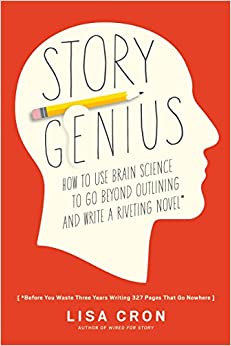 In my novel project, I'm using the method detailed in this book
In my novel project, I'm using the method detailed in this book As I ease back into this painstaking process, I can’t help thinking it might serve as a model for how to approach life in general. I’ll elaborate on that in a moment, but first a little more about the writing part.
The method I’m following was developed by author Lisa Cron and detailed in her 2016 book Story Genius: How to Use Brain Science to Go Beyond Outlining and Write a Riveting Novel (Before You Waste Three Years Writing 327 Pages That Go Nowhere).
 Cron advocates the use of scene cards such as this one to "blueprint" your novel, scene by scene.
Cron advocates the use of scene cards such as this one to "blueprint" your novel, scene by scene. But it turns out the secret isn’t to power through, wildly racking up word counts. It’s to carefully “blueprint” every single scene, stifling the impulse to start writing the scene until you’ve answered several key questions. And I mean really answered them thoroughly, sometimes with pages of brainstorming ideas that will never make it into the manuscript.
- What does the main character go into the scene believing? Why does she believe it? Are her beliefs valid, or are they misbeliefs?
- What does the main character want the outcome of this scene to be?
- What is the seminal thing that happens in the scene? Why does it need to happen (what role does it play in the whole story)? Can it actually happen (logistically)? Why would it happen, given the main character’s internal struggle?
- What does the main character realize as a result of what happens in this scene? How does that change her beliefs (especially her misbeliefs), her worldview? What action does it lead her to take next?
The first is that in the Story Genius method, the focus is on each scene. Instead of getting overwhelmed by the idea of writing a whole novel, you zero in on the scene in front of you, examine it from several angles, and think it through before moving on. Kind of like focusing on what’s happening right here, right now, each day instead of letting your mind get stuck in the “If only . . .” of your past or fast-forwarding into the “What if . . .?” of the future.
Finally, unlike authors of novels, we can’t predict how our own stories will end. But we can keep in mind our ultimate goals and intentions and try to make sure every scene in our saga unfolds in a way that leads us in the direction we want to go.
Today's guest is Donald Levin, author of seven mysteries in the Martin Preuss series, as well as the novel The House of Grins (1992) and two books of poetry, In Praise of Old Photographs (2005) and New Year’s Tangerine (2007).
The latest book in the Martin Preuss series, In the House of Night, officially launches Tuesday, October 6.
| Well, first of all, I love to write. I know some writers who talk about the agony of it, but me, the physical act of setting down words on paper (or a screen, as the case may be) is pure joy. Beyond that, before joining academia in the mid-1990s, I had been a professional writer for over twenty years. During that time, I took on assignments to produce just about every kind of writing there is . . . speeches, video scripts, annual reports, articles, op-ed pieces for newspapers and professional journals, grant applications, fund-raising materials, newsletters, brochures . . . you name it, I wrote it at one time or another. As you might expect, I learned a tremendous amount about writing—especially about the importance of good, disciplined work habits. I think that’s really the secret to my productivity. |
Once I started as a serious creative writer—producing novels, short stories, and poetry—I transferred that workmanlike attitude and those work habits that I developed. So when I’m working on a novel, I make sure I’m at work at the same time every day, and put in a full day of writing with a quota of 1,000 words.
I’m very fortunate that I was able to retire from teaching five years ago so I have been able to devote a lot of time to writing. But even before I retired, I made time to write while working full-time.
It can be done.
| In addition to what I talked about in the previous question (giving me good work habits), all those jobs served me well in a couple of ways. First, they brought me into contact with an incredible number of different kinds of people. For a writer, that’s gold. People, and the mysteries of human life, are a writer’s subject matter, and I’ve always tried to follow Henry James’s advice to “be one of those upon whom nothing is lost.” So watching and learning and filing away what I saw in those jobs helped me enormously over the years. I feel like I have a rich store of characters and experiences to draw on. |
| The location is very important. I like to think that Ferndale is another character in the books. My main character, Martin Preuss, started out as a fictional police detective in a fictionalized Ferndale Police Department, and in the later books has made a transition into private investigation, still based in Ferndale. The city has roughly 20,000 residents, and it’s right outside Detroit (across Eight Mile Road made famous by Eminem) so I can draw my plots and situations from what you find in both a smaller city and a large one. And in some of the books I’ve hewn very closely to the actual history of the place. In The Forgotten Child, for example, a major plot device is a real fire that actually took out part of downtown Ferndale in 1975. |
There’s also another reason why I chose Ferndale: one of my favorite writers is Henning Mankell, who set his mystery series in Ystad, a small city in Sweden. As it happens, Ferndale is almost exactly the same size as Ystad, so I feel like I’m making an homage to Mankell by giving my detective a beat similar to Mankell’s Wallander.
| I love reading a series. As a reader, you really get to know the main (and continuing subordinate) characters . . . you see them evolve and develop, you see them progress through their careers and personal lives, you see them age, you get to know all their quirks and tics and strengths and weaknesses. My favorite characters in mysteries are parts of a series: Wallander in Mankell’s series, as I mentioned; Rebus in Ian Rankin’s series; Lew Archer in Ross Macdonald’s series; Martin Beck in Sjowall and Wahloo’s ground-breaking series from the 1960s; Vera and Jimmy Perez in Ann Cleeve’s two wonderful series . . . |
Another important aspect of writing the Preuss series for me and my readers is Preuss’s son, Toby. Toby is multiply handicapped and lives in a group home, but he is an integral part of Preuss’s life. Indeed, the relationship between Toby and his father is, in my humble opinion, at the heart of the series. Martin Preuss loves his son fiercely and cares for him with great tenderness, and Toby returns the love unconditionally. One reviewer called their relationship “a touching element that’s a constant in the series”; another reviewer noted, “The complexity of the main character and especially his deep love for his handicapped son draw the reader into the story in a way that few other mysteries do.”
Toby has profound physical and cognitive disabilities, but the character is sweet, loving, joyful, and everybody’s favorite character in the books. (Also one of the few rounded, sympathetic portraits of handicapped characters I’ve seen.) Toby is based on my own grandson Jamie, who sadly passed away a few years ago; writing him as a continuing character in this continuing series gives me a chance to keep that wonderful young man alive for me and everyone who knew him.
| The novels in the Martin Preuss series are mysteries in the sense that there are crimes to be solved and secrets to be revealed. But I think of them more as explorations of characters and relationships seen through the lens of the extremities of crime. As such, the series is very character-driven, with a minimum of violence. There is a continuing cast of main characters in each book (including Martin and his son Toby, but also some others such as Martin’s coworkers and Toby’s caregivers), but each book has its own crimes and consequences, and each book is a standalone read. |
Here's the story:
When the police investigation into the murder of a retired history professor stalls, friends of the dead man plead with PI Martin Preuss to find out what happened. The twisting trail leads him across metropolitan Detroit, from a peace fellowship center, a Buddhist temple, and a sprawling homeless encampment into a treacherous world of long-buried family secrets where the anguished relations between parents and children clash with the gathering storm of white supremacist terrorism.
| For the past few years, I have done the “heavy lifting” of writing in Michigan libraries—beginning and finishing the drafting up here—then doing the polishing and rewriting in Florida. That’s just how the publishing schedules of the previous books worked out. Because of the pandemic quarantines, I wound up staying in Florida longer than I had planned, and did more composing down there. When I came home to Michigan, I did the final polishing up here. In general, I would prefer to do the writing here, where I can spend the days in the library (there are just too many distractions at home). But you do what you have to. |
I always hold book launch parties for each new book with music, refreshments, readings, and so on. This year, out of concern for bringing people together, I’m organizing a virtual book launch for In the House of Night. It’ll be on my Facebook page (and Youtube, if I can figure out how to do it) on Tuesday, October 6, from 7 till 8 p.m.
| Dealing with discouragement, doubt, and rejection has been a constant problem for me. And when I say constant, I mean every day. Every. Single. Day. I tried to break into publication as a fiction writer for all of my twenties and most of my thirties, and experienced virtual nonstop rejection. At some point, I had just had enough. Cynthia Ozick writes about the little holy light like a pilot light that keeps a writer going. Mine went out. That joy in writing that I talked about earlier? It was gone. |
But I still thought I had some chops as a writer, just not a fiction writer; I had already had several writing jobs, as I mentioned previously. I turned away from literature entirely; I turned away from reading. Instead I became the professional writer I described in my response to your first question.
And I did well in that world. It came to pass that the writing I was doing for others relit that little holy pilot light. I started thinking about returning to fiction, and about writing under my own name. About the importance of stories in our lives. About the need to do it.
In the gap between my fleeing from imaginative writing and returning to it—a ten year gap—I grappled with what success as a writer really meant, and more importantly what it wasn’t. I met editors, and became an editor myself, and realized how capricious and unpredictable the process really is.
With the confidence I had gained, and with what I had learned about writing, I came through that decade of despair by learning that the writing itself and the changed qualities of mind and heart that accompany writing really are more important than the approval suggested by acceptance by others. As if that insight broke some self-imposed spell, in the years since I’ve published eight novels (seven in the Martin Preuss mystery series), two novellas, two books of poetry, a handful of stories, and dozens of poems in print and online journals.
That voice shouting in your ear, the voice a friend of mine personifies as “Sid”—Self-Inflicted Doubts—never goes away. But with practice and wisdom, you can silence it long enough to get some good work done.
And in the end, that’s really all that matters.
Website: www.donaldlevin.com
Blog: www.donaldlevin.wordpress.com
Amazon author page: https://amzn.to/32y8bLw
Twitter: @donald_levin
Instagram: Donald_levin_author
Facebook: https://www.facebook.com/Donald-Levin-Author-121197194659672
This month's interview is with Sharon Dukett, author of the memoir No Rules. Desperate to escape the stultifying life she saw ahead for herself in the early 1970s, and entranced by the California hippie scene, Sharon ran away from home at sixteen. No Rules details her precarious journey through the counterculture, an experience that would mold her into the strong woman she became.
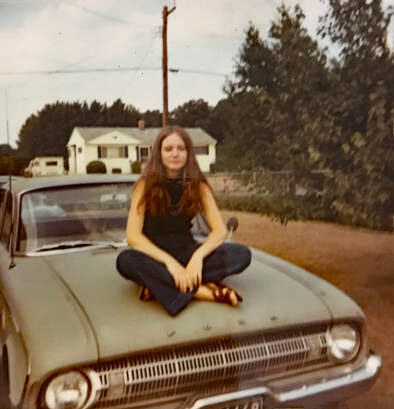 Sharon in 1970
Sharon in 1970 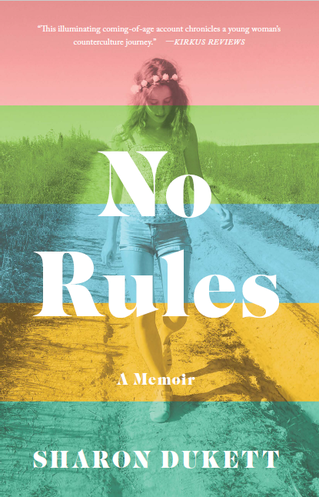
It quickly transitioned as I got caught up in the memories of the times. I had always wanted to write a book, but when I was younger I never knew what to write about. Once I began writing about this, I didn’t want to stop. But until I had a personal computer, the idea of using a typewriter was overwhelming. If the personal computer had not been invented, I would have never been able to complete a book.
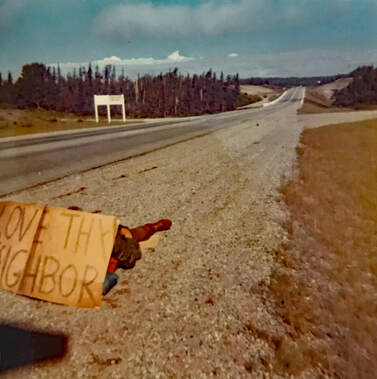 Hitching across Canada
Hitching across Canada There were some parts that just flowed out of me like they were already written, and I was just the conduit putting the words on paper. I cried through writing the scene with Cindy after she finds Jesus. And the trip across Canada could have been an entire book alone. It was much longer in the original draft. Reliving those memories were like re-experiencing the trip.
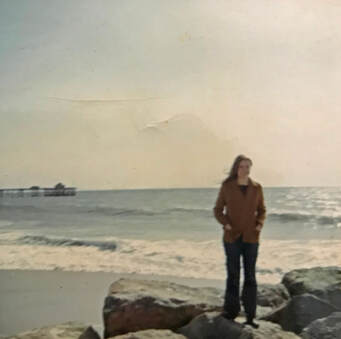 Venice Beach
Venice Beach 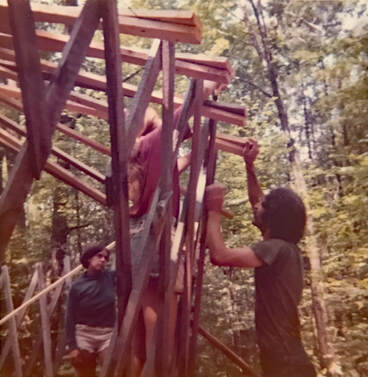 Yurt building
Yurt building - I started writing whatever I could remember that seemed important on a pad of lined paper. Most of these scenes were a list of memories – this happened, that happened, what I remembered someone doing. I had nothing about me in there, just what I saw around me. After some time, I put it in a drawer and forgot about it. Then I met another woman who was writing and we discussed it. I pulled out my pad of paper and she began reading it. By then I had a computer, so she convinced me to transfer it onto that device and keep writing. I took the first three chapters to a writer’s conference at a nearby college and signed up for a manuscript critique. The author who read it told me I should take some writing classes and start over. I was disappointed but I took her advice.
- I attended a weeklong conference with the International Women’s Writing Guild and the sessions I attended opened up channels for me to dig deeper into memories and the senses. It was in one of these sessions given by June Gould that we were asked to recall sounds from our childhood, then write about one of them. What came to me was my mother playing the piano. Some lines I wrote in that session are still in the final version of the book. I attended these conferences for three years in a row and they were always valuable. At the last one, I connected with writers who lived near me and I joined their writers group. More about that below.
- Not long after the year 2000, my daytime career became demanding. I was no longer consulting where I could take summers off and write, as well as spend time with my family. I was managing technology projects with tight deadlines and long work hours, so I put my writing aside. After awhile, it became hard to know how to start again, so I didn’t. I promised myself I would start again when I retired, which I did in 2017.
- I knew I had to cut content and edit, but I felt overwhelmed. I decided to take a class and found one online focused on memoir that ran for six months and included review and feedback by the instructor on the work we turned in after each class. I took it twice. In this class I learned how to identify what I wanted the focus of the book to be, and that enabled me to cut and edit. I had to reduce 170,000 words down to 91,000. It took me a year and a half to do this, as I was also adding to what I was writing as well. The instructor for the class that reviewed my work and provided feedback to me was Brooke Warner, who was also the publisher of She Writes Press. As a result of working together for a year, my trust in her, and her knowledge of my work, it was a good fit to be published by them. Since I had spent so many years writing this book, I wanted to have control over its future, and She Writes Press could give me that control as a hybrid Indie press.
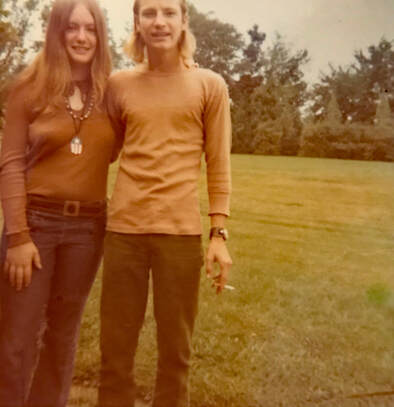 Sharon with Ernie, 1972
Sharon with Ernie, 1972 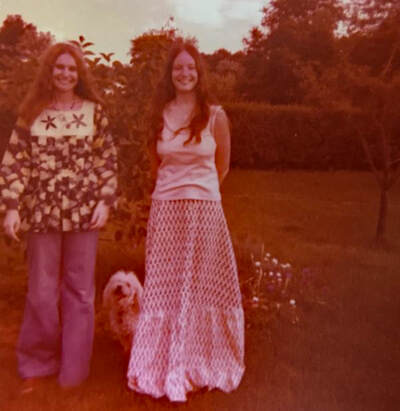 Sharon with her older sister Anne
Sharon with her older sister Anne I want readers to experience what it was like to live in those times, and the transformation that came about as a result of discovering feminism and growing my own strength.
I'm kicking off this new feature today with a Q&A that tells the remarkable story of a young writer's devotion to his grandmother and her literary legacy. For reasons you'll understand as you read on, it wasn't possible to interview Barbara Mahase Rodman, author of the recently published novel Olas Grandes. Instead, this interview is with her grandson David Kuhnlein, who edited and published the book after the long lost manuscript was unearthed.
I hadn’t heard of Olas Grandes, or at least I’d forgotten about it, until I read my great grandmother’s autobiography My Mother’s Daughter – a testament to growing up as a strong Indian woman in Trinidad. My mom told me that I was mentioned in the back of the book where Anna Mahase Snr. wrote about the family. So, of course, that’s the first place I looked! Sure enough I found mention of me, but more rewarding was a typo – it said that Babbie had published two books: Love Stories for All Centuries, which I had read, and Olas Grandes. My mom, uncle, and I quickly searched Bab’s house for the manuscript, and hidden in a massive wooden trunk, brimming with so much of her writing, we found it.
After reading the first few chapters I took a train across the country. I didn’t want to take the only copy of the book on the trip, so I let those early chapters linger in me. I talked to my friends Adam and Katie a lot about the project. Even speaking of the project excited me, and it was in the tangle of conversations -- and questions I asked every reader and writer I encountered -- that I decided something had to be done with this book.
At the time, I was writing a series of lyric essays on illness and a recent surgery I’d had. But while writing them felt important, it also made me physically sick. Focusing my energy on transcribing Olas Grandes was a way to keep writing, while also taking a needed break from my own project. Gail Kuhnlein, my mom and Barbara's daughter, is also a writer, and lucky for me she agreed to help edit the book. I couldn't have done it without her.
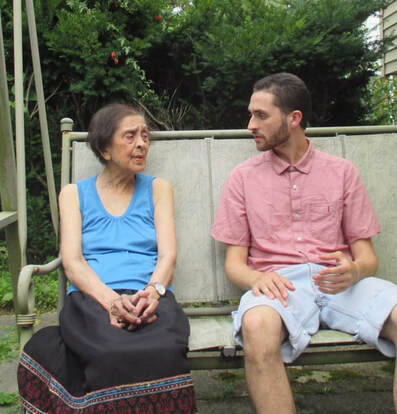 Barbara and David, August 2019, three months before Barbara's passing
Barbara and David, August 2019, three months before Barbara's passing Honestly, her reactions depended on the day. In the two years before Barbara passed away, my visits to her house increased, and I began to help informally caretake. Because of her memory, we had certain conversations regarding Olas Grandes over and over again, to the point where I observed patterns and ways to create shortcuts around them.
For instance, sometimes she’d tell me that Olas Grandes was not a novel, but a story, and it was already published. So I’d have to preface a conversation about her book by showing her the physical manuscript and explaining that it’s different than her other book. But other times, like magic, she knew exactly what was happening and was thrilled.
“Never could I have imagined,” she once told me, “that this darling, darling little boy would be helping me publish my book.” She was 90 when I re-discovered Olas Grandes, and the project took roughly two years to manifest. She was involved peripherally. I would read passages to her that I didn’t understand, either because of her diction or place names, and asked her to explain. Cultural words, fauna, flora, and Trinidadian myths stayed with her, and she usually had no problem giving me details or stories associated with these passages.
It’s a fantastic exercise to let go of the ego that writers so often cling to around their work, and this release opens up a unique freedom to explore the architecture of language from a new vantage point. Also, I hadn’t written much fiction yet (that’s changed significantly since then), so perhaps I had a leg up there.
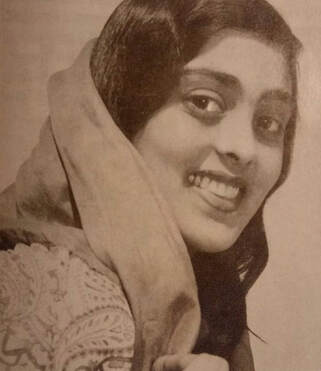 Young Barbara at McGill University
Young Barbara at McGill University Although Hindu themes are peripheral in Olas Grandes, I think that Barbara’s interest not only in Hindu customs, but also her interest and study in the occult, was nurtured by island life. She called the Caribbean “the perfect background for dreaming.”
One of my persistent, and unanswered questions I posed to Barbara, was: who is the character Ma Becky based on? Many of her characters are fictionalizations of family members, usually adorned with pieces of herself. Ma Becky is the only character I could never see clearly with this template. Bab knew some Trinidadian witches when she was growing up, who lived on the beach, but part of me thinks that there’s quite a bit of herself in Ma Becky.
Babbie always loved fairy tales, fables, and myths, partly because of their appeal to both children and adults. She stayed rooted to the Caribbean landscape because it’s where she spent her youth. She had also recently and tragically lost her son, David Rodman, in 1977, just a couple years before writing Olas Grandes. I think that writing the book was a way for her to enter an alternate reality, in which Davey was a young boy again, and she was living in an idyllic gothic romance in her home country, but that’s just a guess.
| Yes! The main new insight was how interested she was in witchcraft and the occult. Because of her looming dementia for the past decade, reading her novel helped me to recall what she was like before she lost her memory as well. Barbara and I were close when I was young. She babysat me often. My parent’s first house, after I was born, was just around the corner from Babbie’s house. As sad as this may sound, I began to grieve her death about 10 years ago. When someone changes so drastically, it can feel like death. Certainly, there were moments of clarity, when Babbie's essence spritzed the room with a joke or one of her harsh criticisms, but often it was like she wasn't really home: her wit removed, no longer reading, writing, or talking on the phone. It’s funny, but after she passed, especially when holding or reading her books, she appears to me not as a 92-year-old woman, but about my age, in her late twenties (younger than when I ever knew her in reality). And often in my mind, she’s hunched over and crawling through the brush like she did when I was a boy, chasing after the baseballs we knocked into the woods, (“beating the bush” she called it) and laughing. |
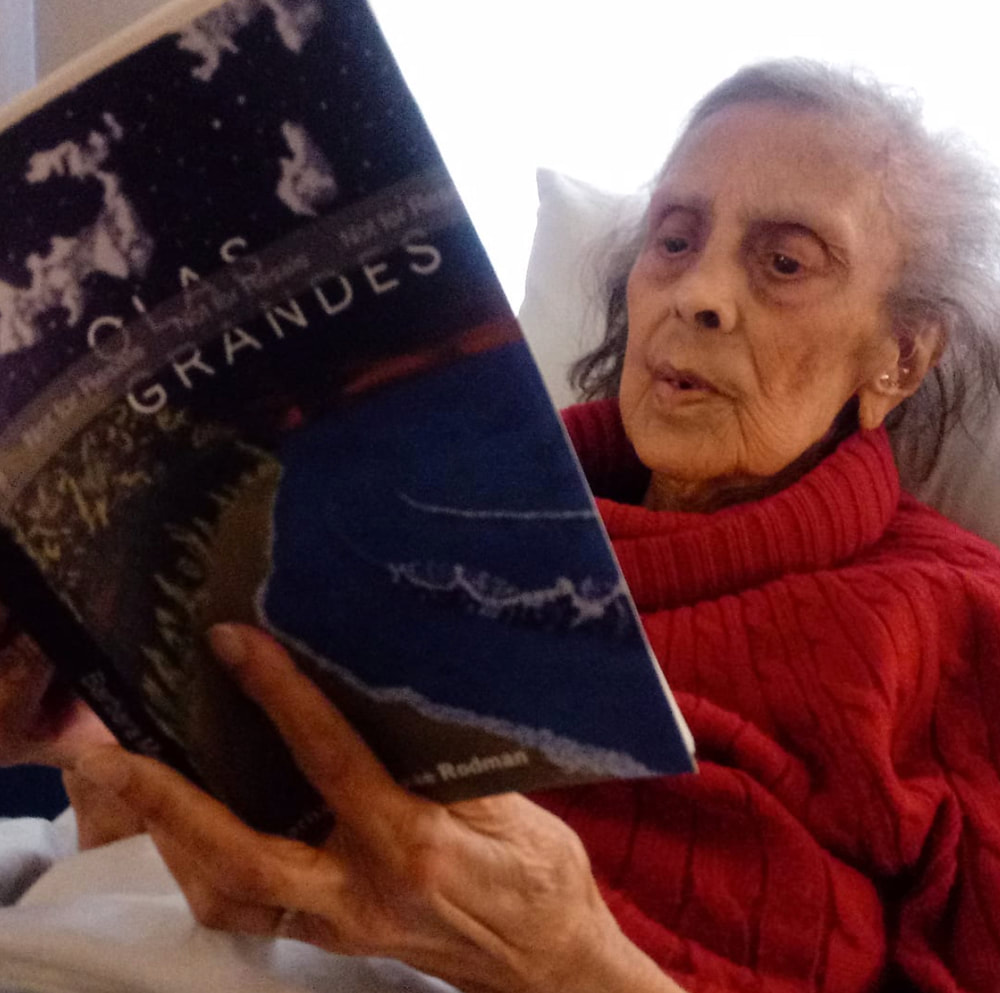 Barbara holds a review copy of her novel
Barbara holds a review copy of her novel Between my mom and me, we read Babbie about seven chapters before she died. She didn’t remember writing the book, but at the end of each chapter she'd say, “I like this story, keep reading.” Usually when I'd read her the Detroit News she’d get burnt out listening about half-way through an article. Not so with Olas Grandes. I can only imagine what went on in her mind, listening to her grandson and daughter read words to her that she wrote some forty years ago. There was some magic there for all of us.
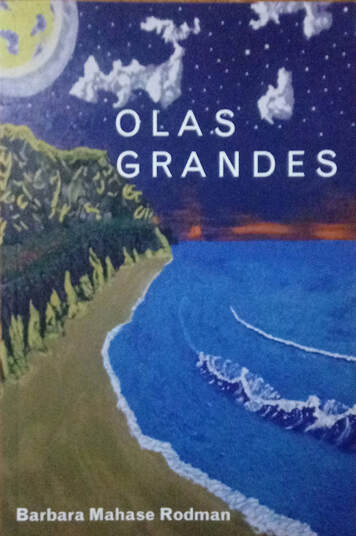 The book cover
The book cover One funny thing about the painting was that he started painting these tiny waves, but since olas grandes translates to “big waves”, my mom suggested making the breakers a little bigger. It was a Homer Simpson moment, I think he even smacked his forehead, “D’oh!”.
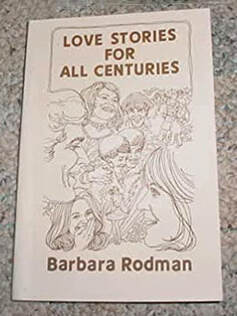 The cover of Barbara's first book
The cover of Barbara's first book Love Stories is a magical little book weaving together love stories across three continents, the common thread plucked from a dreamlike vapor, the mist of eternity on which every story’s loomed. It’s her first book, published in 1985 by the International University Press and printed in an underground style. I’m biased but I think it’s an exceptional project. She mingles famous love stories with her own; lovers meet in and out of dream worlds, recognizing one another by their eyes, and it’s all built on the history of Trinidad, India, and Spain – her spiritual home.
Babbie would say to me, “I don’t believe in reincarnation. It’s not something I have to believe in because I know that I’ve lived another life in Spain.” Reading her books and articles in the Detroit Sunday News Magazine, which used to come folded inside the Sunday edition of the Detroit News, it’s clear that for Barbara, death was not a barrier but a reprieve. She concludes one of her many articles by writing, “I am a dreamer living in my own world of dreams. I hate reality, but Life is reality, therefore I compromise and leave my dreams alone for a while, as long as Life lasts. After Life, I can have my dreams and all the things I love all to myself.”
I have a few practices I perform religiously. One is writing. Another is listening. Longstanding systemic health and social inequities disproportionately affect Black people in the US – and the coronavirus pandemic is highlighting that fact. It’s important to know where our money’s going. The decision to donate to Detroit Will Breathe is just one way to support the amazing anti-racist work being done right now, as people continue to march, and people continue to buy.
Much of my own recent writing is forthcoming or published in online lit journals, and easily found if interested. (davidkuhnlein.wordpress.com) Also, sitting in my “to-do” pile are three more of Babbie’s full length manuscripts, two of which I’ve read, and are fantastic. I’m not promising anything, but if they get transcribed and edited, I’ll update the Olas Grandes fans on our Instagram, which I’m most active on @olasgrandesnovel.
That’s when I came up with the idea to host a couple of virtual Author Expos on HeartWood. I posted the first one two weeks ago. The second installment opens today.
Here, you can visit the virtual tables of seven authors and check out their varied offerings. If you find a book you love—and how can you not, with this many authors and books?—please consider using some of your unexpected free time to write and post a review on Goodreads, Amazon, or both. The author will thank you and so will readers who learn about the book from your review.
HeartWood Author Expo 2 is now open!
Norma Lewis
Forget San Francisco, Norma left pieces of her heart in Alaska. No cruises or packaged tours for her, she prefers experiencing the state independently via ferry, mail plane, rental car, train, motor-home, bush plane, and an occasional bus. In 2014 she was Jason Mackey’s IditaRider. Many of her Alaska adventures have ended up as magazine articles, though now she is focusing on books.
To be fair, she loves Michigan too, as her books on Michigan history attest. In Norma’s view, history isn’t dates and wars and documents, it’s people and how they reacted to the events that unfolded around them. In researching her books, she’s drawn not to dry facts, but to the quirky.
Norma’s nonfiction titles include Wild Women of Michigan: A History of Spunk and Tenacity; Lost Restaurants of Grand Rapids; Legendary Locals of Grand Rapids; Grand Rapids: Furniture City; 100 Things to Do in Grand Rapids Before You Die; Muskegon; Grand River; Dutch Heritage in Kent and Ottawa Counties; Wyoming; and Connecting the Coasts: The Race to Build the Transcontinental Railroad, and Show Me The World Eskimo-Indian Olympics: Casey Ferguson.
In addition, she is the author of Kasey’s River Song: Spinning Dreams in Gold Rush Alaska; and Dear Santa, I Know It Looks Bad but It Wasn’t My Fault.
Laura Holmes
Author, adventure traveler, volleyballer, biker, hiker, and yogi—Laura is not one to sit still. She’s always on the go, looking for the next big idea. Co-owner of a marketing communications company, FineLine Creative, she advocates life-work-play balance and encourages others to immerse themselves in different places and cultures, as she has through her travel adventures.
In her spare time, Laura writes a monthly travel blog. Her recently-released book Travel Light is a memoir that explores the lighter side of travel with doses of humor, adventure, and personal transformation. Through her stories, she takes readers along on journeys to Italy, Ireland, Spain, France, Alaska, Arizona and her home state of Michigan.
Sherry A. Burton
Born and raised in Kentucky, Sherry and her Navy husband lived in nine states before settling in Michigan. She got her start in writing by pledging to write a happy ending for a friend who was going through tough times. The story surprised Sherry by taking over and practically writing itself, and launched her into a new life as an author.
Her historical fiction series, The Orphan Train Saga, follows the stories of children who were transported from Eastern cities to foster homes in the Midwest between 1855 and 1929. While the children in the stories are fictitious, each child’s story is told with the use of history from the era to add flavor and excitement to the tale.
Her other novels include Tears of Betrayal, Love in the Bluegrass, The King of My Heart, Surviving the Storm, Somewhere in My Dreams, Seems Like Yesterday, and Always Faithful.
Sherry also writes children’s books under the name Sherry A. Jones.
Robert Muladore
A former Michigan State Police officer, Robert was launched into police work as as the first full-time patrolman with the Bridgeport Township, Michigan police department, initially without the benefit of formal police academy training. After surviving those eighteen months of on-the-job training, he began his career with the Michigan State Police, where he was first assigned as a trooper near Detroit, conducting countless criminal investigations. From there he went on to a variety of assignments over his 25-year career, furthering his education with an associate’s degree in criminal justice, a bachelor’s degree in criminal justice from Madonna University, a Juris Doctorate degree from the Detroit College of Law (now MSU School of Law) and a Ph.D. in Public Affairs and Administration from Western Michigan University. He currently practices civil law and is working on a new book about his experiences as an attorney.
His first book, Tuebor – I Will Defend: An anatomy of a Michigan State Police Trooper, is the story of an honest, hard-working yet naïve young man who chose to leave the safety of civilian life for a career of a dedicated police officer. The book depicts the daily lives of officers and captures the human side of police work.
Wendy Sura Thomson
Wendy’s memoir, Summon the Tiger, is a story of surviving and thriving in the face of extraordinary obstacles. Born with congenital skeletal abnormalities, she had a leg amputated as a toddler. Her father suffered from World War II induced PTSD, and her mother was emotionally unstable. Wendy coped by escaping to a world of books and music. But when her father sold everything to buy a freighter and travel around the world, Wendy signed on as navigator. She jumped ship in Miami and headed out on her own, as what was left of her family disintegrated. As she pursued her studies and met a coterie of colorful characters, she was forced to evaluate what was most important to her.
Wendy’s other books include The Third Order and a children’s book, Ted and Ned. In addition, she contributed to Postcards from the Future: A Triptych on Humanity’s End.
Besides writing, Wendy’s pleasures include sipping coffee outdoors first thing in the morning, rain or shine; listening to the waterfall and the birds; and watching—often with amusement—her two beloved Irish Setters explore.
Kimberly Bell Mocini
Kimberly grew up in Rockford, Michigan and went on to earn a degree in business administration from Aquinas College and to study art at Kendall School of Design. Early in her career, when the microwave oven was first introduced, Kimberly traveled throughout Michigan teaching hundreds the “how to” of microwave cooking. That led to her first foray into publishing, a cookbook called For Better Meals The Microwave Way.
Her more recent book, My Child Wasn’t Born Perfect, is a personal and inspiring story of the challenges she and her family faced while raising a child who had a learning disability that was classified under the autism umbrella.
Nan Sanders Pokerwinski
Nan (that’s me!) is a former science writer for the Detroit Free Press and the University of Michigan, whose award-winning work (under the byline Nancy Ross-Flanigan) has appeared in numerous magazines, newspapers, and online publications. Her blog, Heartwood (http://www.nanpokerwinski.com/blog), focuses on creativity, connection, and contentment.
Her memoir Mango Rash: Coming of Age in the Land of Frangipani and Fanta, which won first place in the memoir/nonfiction category of the Pacific Northwest Writers Association literary awards, chronicles her search for adventure—and identity—in two alien realms: the tricky terrain of adolescence and the remote U.S. territory of American Samoa. Against a backdrop of lava-rimmed beaches, frangipani-laced air, and sensual music, she immerses herself in 1960s island culture with a colorful cast of Samoan and American expat kids. The lessons she learns in the process prove invaluable when she’s faced with crises as trivial as a mean girl’s put-down and as staggering as a fire, a hurricane, a drowning, and her own health crisis.
When she’s not writing, Nan takes photographs, makes collages, and wanders the woods around the West Michigan home she shares with her husband Ray Pokerwinski.
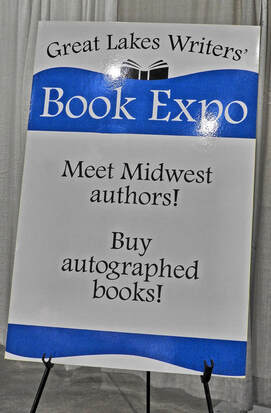
So it was something of a surprise to get word that the West Michigan Women’s Expo, where I was scheduled to sell and sign books last Friday, was still a go. Granted, a few authors who’d reserved space at the event decided against coming, but a dozen or so of us intrepid—or foolhardy—souls showed up at DeVos Place with our books.
The HeartWood Author Expo is now open!
Jean Davis
Jean writes speculative fiction. Her novels include Trust, Destiny Pills & Space Wizards, The Last God, A Broken Race and Sahmara. Her short stories have appeared in The 3288 Review, Bards and Sages Quarterly, Theian Journal, Acidic Fiction's Corrosive Chronicles anthology, The First Line, Tales of the Talisman, Brewed Awakenings II anthology, and more.
When not ruining fictional lives from the comfort of her writing chair, she can be found devouring books and sushi, enjoying the offerings of local breweries, weeding her flower garden, or picking up hundreds of sticks while attempting to avoid the abundant snake population who also shares her yard.
Joan H. Young
A lifelong outdoorsperson, Joan rode a bicycle from the Pacific to the Atlantic Ocean in 1986 and in 2010 became the first woman to complete the North Country National Scenic Trail on foot. Her mileage totaled 4,395 miles.
In addition to North Country Cache and North Country Quest, both about her experiences on the North Country Trail, Joan has written six cozy mysteries in the Anastasia Raven series and four Dubois Files children’s mysteries. Two essay collections, Get Off the Couch with Joan and Fall Off the Couch Laughing contain work originally published as newspaper columns.
Janet Vormittag
Author, publisher, and animal advocate, Janet is the founder and publisher of Cats and Dogs, a Magazine Devoted to Companion Animals, a free publication distributed in West Michigan that promotes pet adoption and spay/neuter.
Janet holds a bachelor’s degree in journalism from Grand Valley State University and was a correspondent for The Grand Rapids Press for ten years. Her articles have also been published in Cat Fancy, The Muskegon Chronicle, and the North Ottawa Weekly. Her true story of taming a feral cat, “Wild Cat I Think You Love Me,” was published in The Ultimate Cat Lover (HCI, 2008).
Janet’s books include You Might be a Crazy Cat Lady if . . . , Dog 281 (Save Five Series Book 1), More Than a Number (Save Five Series Book 2), and the just-published The Save Five Club (Save Five Series Book 3).
Emma Palova
Born in former Czechoslovakia, Emma is a journalist, author, short story writer, and screenwriter based in Lowell, Michigan.
“Small towns in Midwest America continue to inspire my work,” she says. “I find strength in my characters modeled after resilient people in the face of adversity. I love the Lake Michigan shoreline, its beaches and forests.”
Emma’s books include Shifting Sands: Short Stories, Secrets (Shifting Sands Book 2), and Greenwich Meridian Memoir, an epic tale of immigration and love spanning three continents and two generations.
Ellen M. Murray
Ellen is the creator of Think Spell Write, a reading program for students who struggle to read and write fluently despite having had reading instruction. These might be special education students, students whose education has been disrupted by trauma or interrupted due to frequent moves, or students who have not yet learned phonetic rules well enough to effectively apply them to read.
A 32-year veteran teacher, Ellen taught various subjects at different grade levels, always with dedication to struggling students and a passion for teaching reading.
“I love teaching reading!” she says. “I especially love teaching reading to students who feel they will never learn to read. I love that ‘aha’ moment when reading clicks for a student. I love when students are speechless or red-faced, or their face lights up as they realize ‘I can read this!’ ”
Brenda Hasse
https://brendahassebooks.com/
Brenda is a multi-award-winning author of pre-teen, young adult, and adult novels. She has published several picture books for children as well.
Among her titles: The Freelancer, On The Third Day: An afterlife journey, From Beyond the Grave: An afterlife journey – Part 2, A Lady’s Destiny, The Moment Of Trust, and Wilkinshire
Brenda volunteers her time writing plays for the Fenton Village Players to perform during the Ghost Walk and Historical Cemetery Walk. She also freelances for magazines from the Fenton, Michigan, home she shares with her husband and cats.


I never set out to read books that conform to particular themes, but when I look back at what I've read, I do notice common threads. A number of these books are testaments to perseverance and the ability to overcome adversity, from physical injury to neglect to dysfunction and abuse. Sounds like heavy stuff, I know, but I found all of these books inspiring in one way or another.
Ten Something-or-Other Books I Read in 2019
(in the order in which I read them)
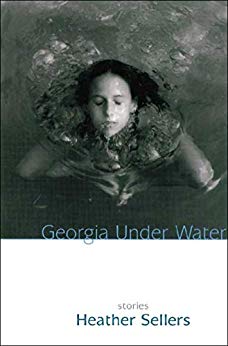
Anytime I see Heather Sellers's byline on an essay or short story in The Sun magazine or elsewhere, I put that piece of writing at the top of my to-read pile. Her honesty and clarity in writing about her unconventional upbringing and life challenges make for riveting stories. The short stories in this collection are fiction, but the protagonist seems to have a lot in common with real-life Heather in her youth. The stories are strange and edgy, yet utterly believable. Especially masterful: Sellers's depiction of the physicality of puberty -- a young girl's startling growth spurts and awkward grace.
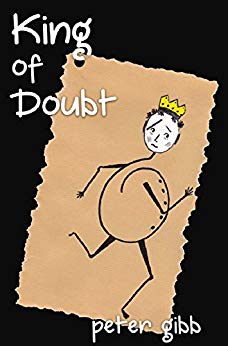
HeartWood readers may remember Peter from his guest post on mindful conversation. King of Doubt will introduce you to younger versions of Peter on his journey from self-doubt to wonder and joy. There are laugh-out-loud moments (young boys discussing how babies are made) and flat-out gorgeous and evocative passages (one in particular in a section about a Ferris wheel). Though Peter's story ventures into darkness, it emerges into hope, and it left me feeling uplifted.
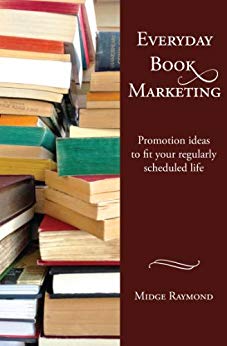
This one's pure practicality. I include it for any other authors or aspiring authors looking for guidance on book promotion. As I mentioned in a previous blog post, the transition from writer to author to book promoter is not a natural one for most of us. This book offers tips on what to do before publication, as well as during and after book launch. Best of all, the emphasis is on keeping the seemingly endless tasks manageable. In addition to Raymond's advice, the book includes Q&As with authors and other experts -- event coordinators, a publicist, a librarian -- who offer additional helpful suggestions.
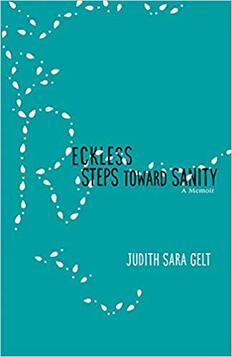
Full disclosure: Judith is a friend. We met at a writers' conference in 2013, discovered we were at about the same point in writing our memoirs, and kept in touch during the process of drafting, revising, and publishing our books. However, I'm not including her book here simply because she's a friend. It truly is a standout in my mind. As I wrote in my Goodreads review: "With a mother incapacitated by bipolar disorder; a remote, controlling, inappropriately-behaving father; and inaccessible older siblings, Judith Sara Gelt must find her own way in the world. It’s no wonder she takes wrong turns and winds up in some dark and dangerous places. In this honest, unflinching memoir, Gelt takes readers right into those places to witness at close range the choices she comes to regret — and to understand why there are some she never will. Though often disturbing, this girl-to-woman’s story is, in the end, inspiring. Readers will find hope in Gelt’s ability to emerge from her painful past whole and capable of great tenderness."
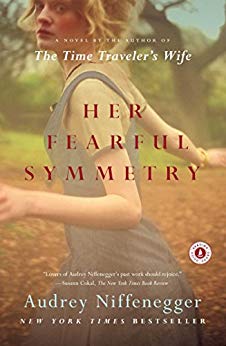
If you'd asked me a couple of years ago if I'd like to read a book about a cemetery populated by ghosts, I'd have said, "Ummm, not really." Yet I'm here to tell you I have read -- and enjoyed -- not one, but two such books. The first was George Saunders's Lincoln in the Bardo, which I included on my 2018 year-end book list. This year, it's Niffenegger's compelling tale set in London's Highgate Cemetery. Though reviews from other readers and critics are mixed -- some feeling this work falls short of Niffenegger's The Time Traveler's Wife -- I found it imaginative, quirky, and artful.
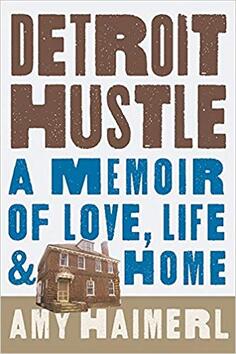
I'll read just about any book about Detroit, yet not all end up on my most-memorable list. This one was an un-put-downable delight. Transplanted Brooklynites Haimerl and her husband sink their savings -- and a lot more -- into an abandoned 1914 Georgian Revival house. Detroit Hustle is the story of a house that becomes a home (though not easily or cheaply), a city in transition, and most of all, a sense of place and belonging.
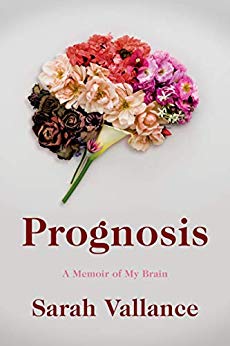
Thrown from a horse, Vallance, a PhD with a high-level career, suffers a traumatic brain injury that causes her IQ to plummet and her personality to change. At first, she accepts the dire prognosis she's given, believing there's no hope of recovery. Fortunately, she eventually rejects that view and begins rehabilitating herself. Her memoir is a remarkable story of perseverance.
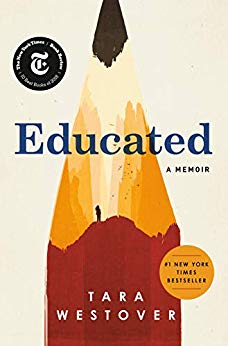
A New York Times bestseller, one of President Obama's favorite books of 2018, praised by Bill Gates and just about every reviewer in the universe, this book hardly needs my endorsement. But here it is anyway. Raised in a survivalist, fanatically religous family that mistrusts formal education, yet provides little in the way of home schooling, Westover somehow manages to extricate herself and make up for the astonishing gaps in her knowledge of life and the world we live in. This story bears witness to the power of learning.
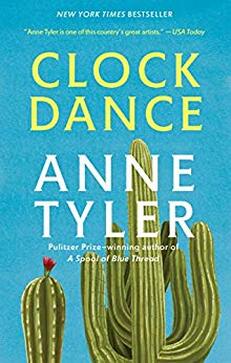
You didn't think I could leave Anne Tyler out of a memorable-books roundup, did you? Her latest novel, published last year, is delightfully quirky in that inimitable Anne Tyler way. With a cast of offbeat, yet convincing characters and a compelling tale of self discovery that spans fifty years, this is a dance I just couldn't sit out.
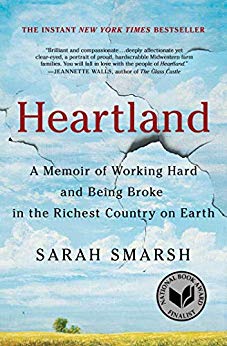
The title neatly sums up Smarsh's story, but there's so much more to this widely-acclaimed best-seller. It's at once a deeply personal story and a sociological treatise on the plight of America's rural poor and the complex mix of factors that keep them stuck in cycles of poverty. I'm descended from hard-working, rural folks like Smarsh's family, yet her book opened my eyes to aspects of their lives I had never fully appreciated.
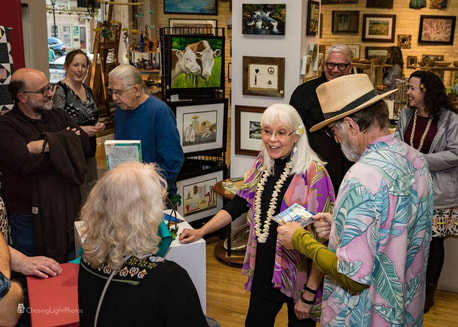 Celebrating with friends at Artsplace. (Photo: Chris Martin at www.chasinglightphotos.net)
Celebrating with friends at Artsplace. (Photo: Chris Martin at www.chasinglightphotos.net) It was pure magic.
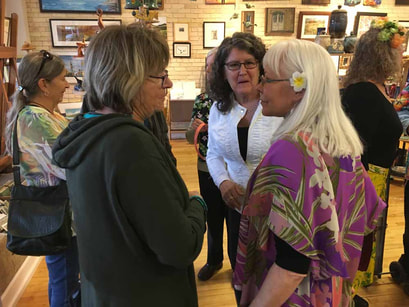 With yoga friends Linda and Sandy (Photo: Emily Everett)
With yoga friends Linda and Sandy (Photo: Emily Everett) Looking back on the occasion, I realize it was more than a book launch. It was equal parts reunion, time capsule, and celebration of friendship.
 It was a fabulous book party (Photo: Chris Martin at www.chasinglightphotos.net)
It was a fabulous book party (Photo: Chris Martin at www.chasinglightphotos.net) 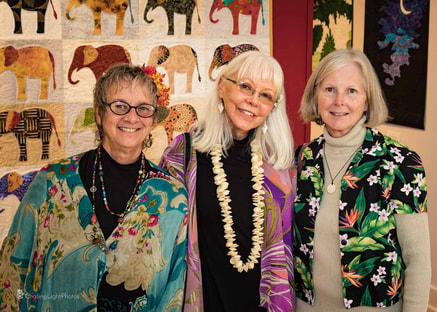 Valerie D and Eileen were among the guests who dressed the part (Photo: Chris Martin at www.chasinglightphotos.net)
Valerie D and Eileen were among the guests who dressed the part (Photo: Chris Martin at www.chasinglightphotos.net) Many guests dressed in tropical attire, adding to the merriment, and my publisher Behler Publications even provided an enormous, lavishly-decorated cake.
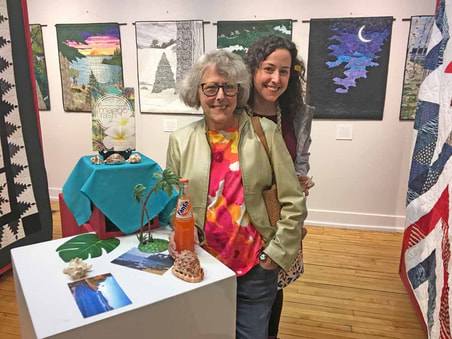 Samoa-Valerie with daughter Ashley, who wins the prize for traveling the farthest -- from Australia (Photo: Emily Everett)
Samoa-Valerie with daughter Ashley, who wins the prize for traveling the farthest -- from Australia (Photo: Emily Everett) 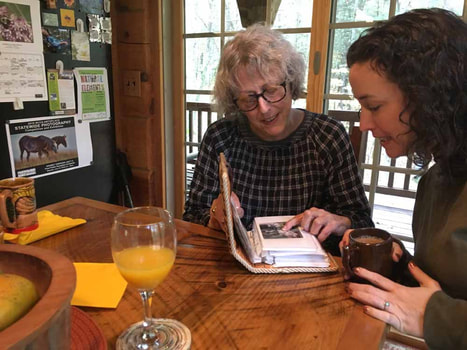 Val and Ashley share a moment over old photos (Photo: Emily Everett)
Val and Ashley share a moment over old photos (Photo: Emily Everett) 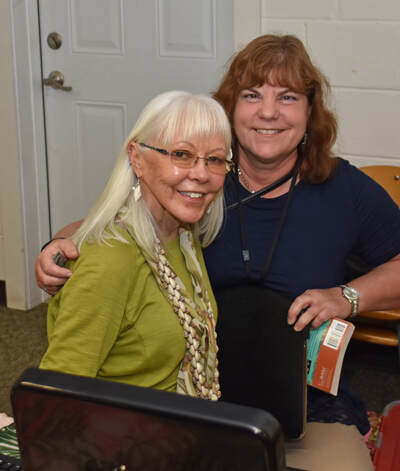 With Kendra at Croton Township Library (Photo: Ray Pokerwinski)
With Kendra at Croton Township Library (Photo: Ray Pokerwinski) Still more memories came flooding back at the Croton Township Library book signing a few days later, where I connected with another writing friend. Kendra Lachniet and I were in the Fremont Area District Library’s writers’ group together, and Kendra has been supportive of my work all along.
from the heart of the woods
Available now!
Author
Nan Sanders Pokerwinski, a former journalist, writes memoir and personal essays, makes collages and likes to play outside. She lives in West Michigan with her husband, Ray.
Archives
April 2022
August 2021
July 2021
June 2021
May 2021
April 2021
January 2021
December 2020
November 2020
October 2020
September 2020
August 2020
July 2020
June 2020
May 2020
April 2020
March 2020
February 2020
January 2020
December 2019
November 2019
October 2019
September 2019
August 2019
July 2019
June 2019
May 2019
April 2019
March 2019
February 2019
January 2019
December 2018
November 2018
October 2018
September 2018
August 2018
July 2018
June 2018
May 2018
April 2018
March 2018
February 2018
January 2018
December 2017
November 2017
October 2017
September 2017
August 2017
July 2017
June 2017
May 2017
April 2017
March 2017
February 2017
January 2017
December 2016
November 2016
October 2016
September 2016
August 2016
July 2016
June 2016
May 2016
April 2016
March 2016
February 2016
Categories
All
Art
Better Living
Books
Community
Creativity
Events
Explorations
Food
Gardens
Guest Posts
Health
Inspiration
Last Wednesday Wisdom
Local Artists
Mecosta County
Montcalm County
Music
Muskegon County
Nature
Newaygo County
Oceana County
People
Photography
Pure Michigan
Reflection
Return To Paradise
Samoa
Writing
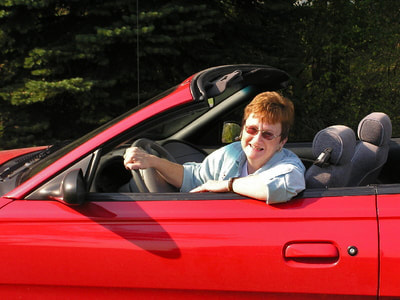
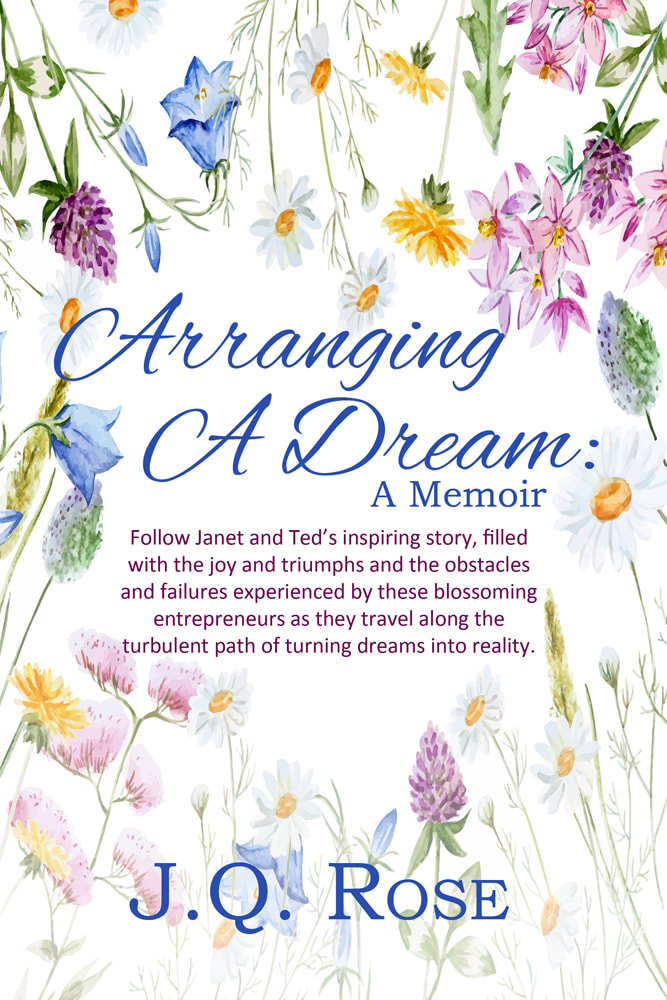
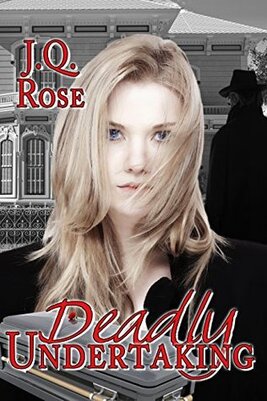
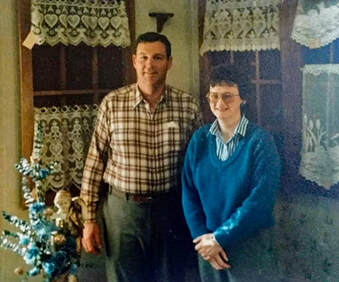
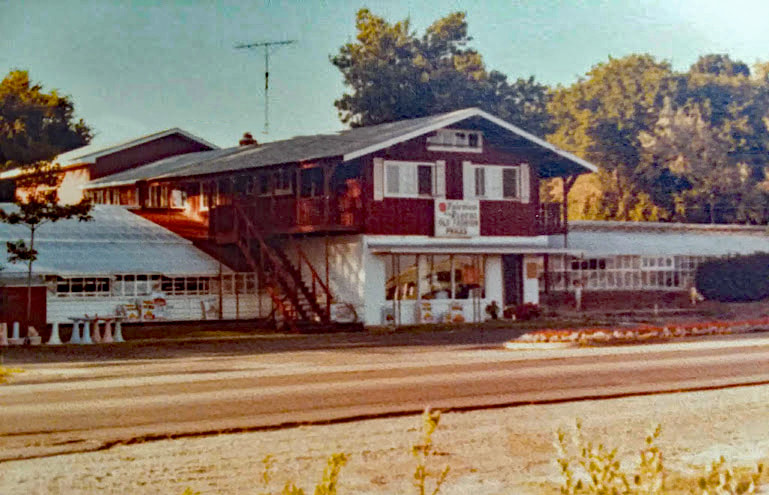
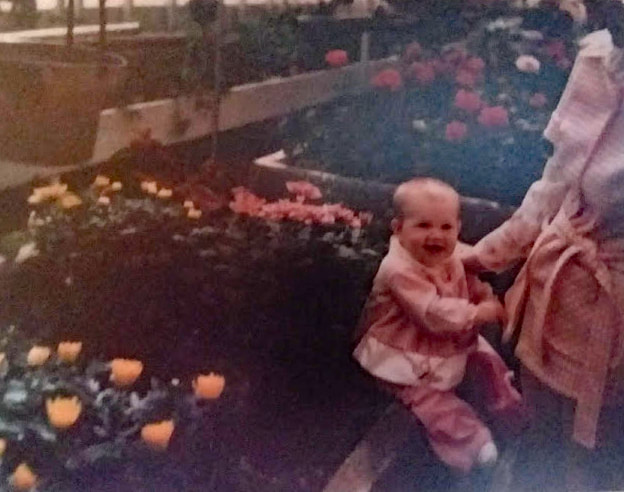
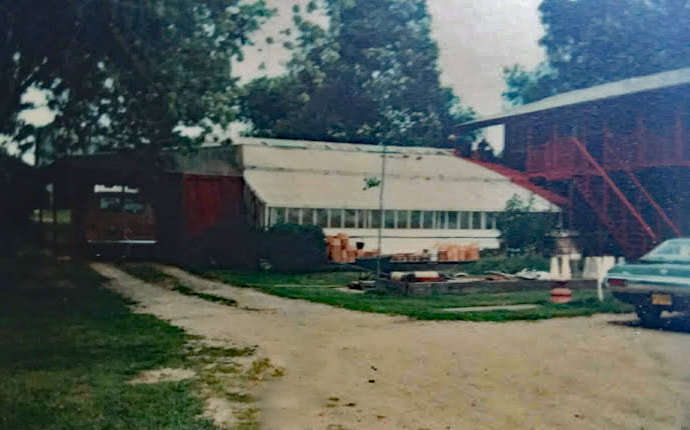
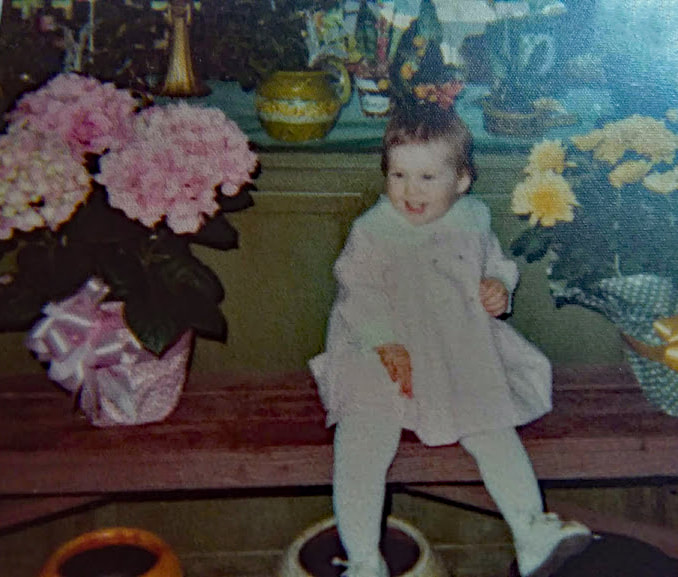
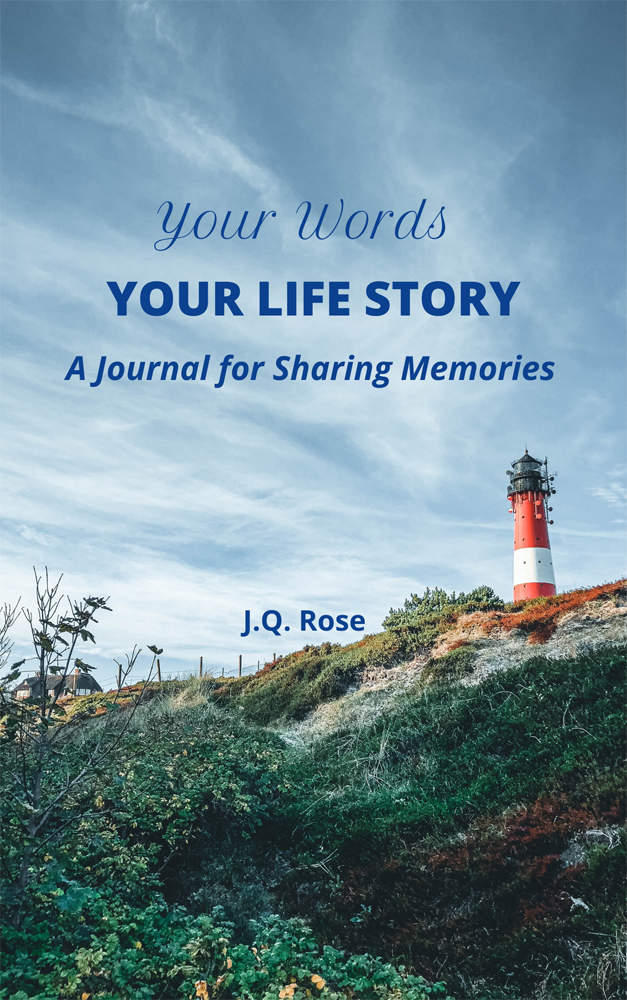



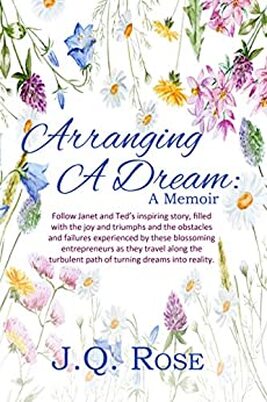
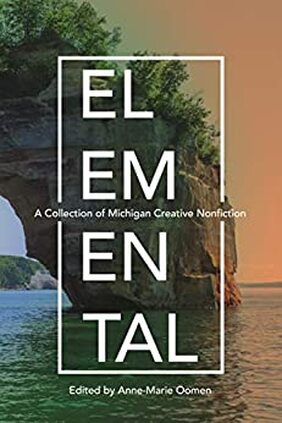
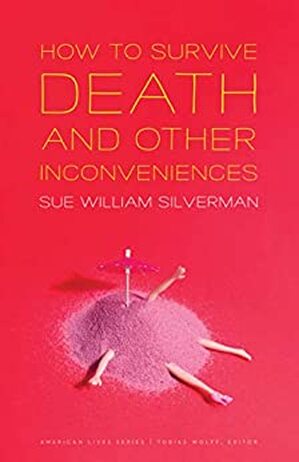
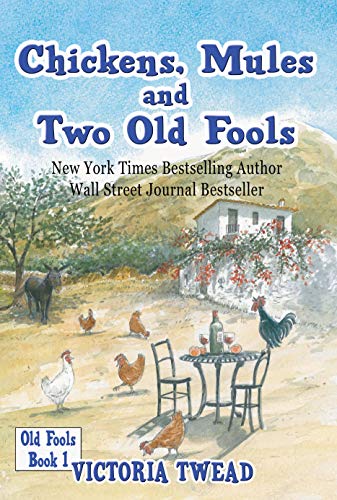
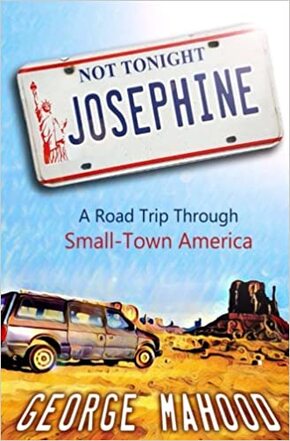
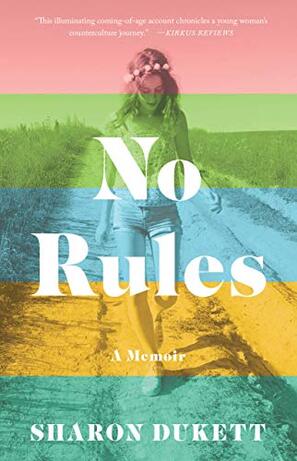
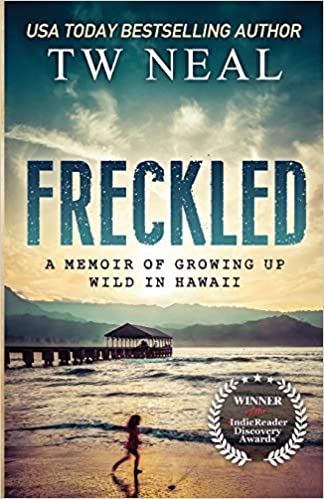
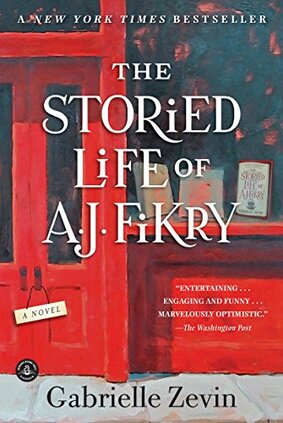
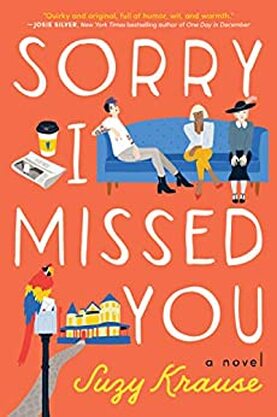
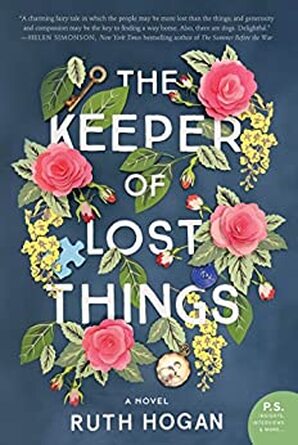





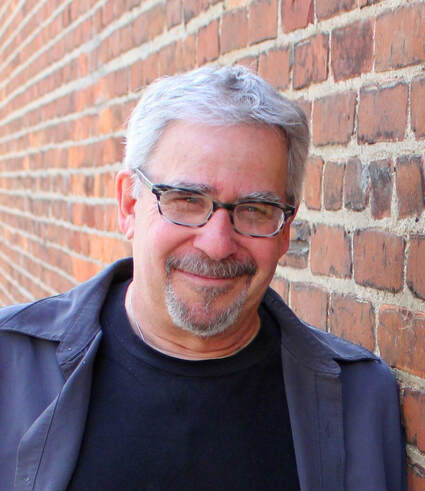
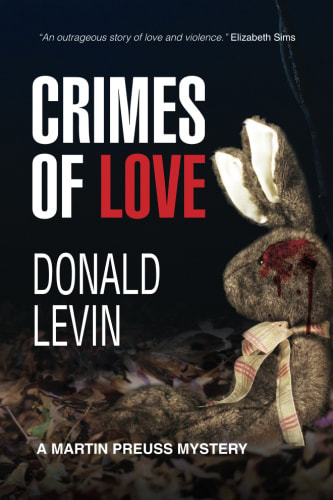
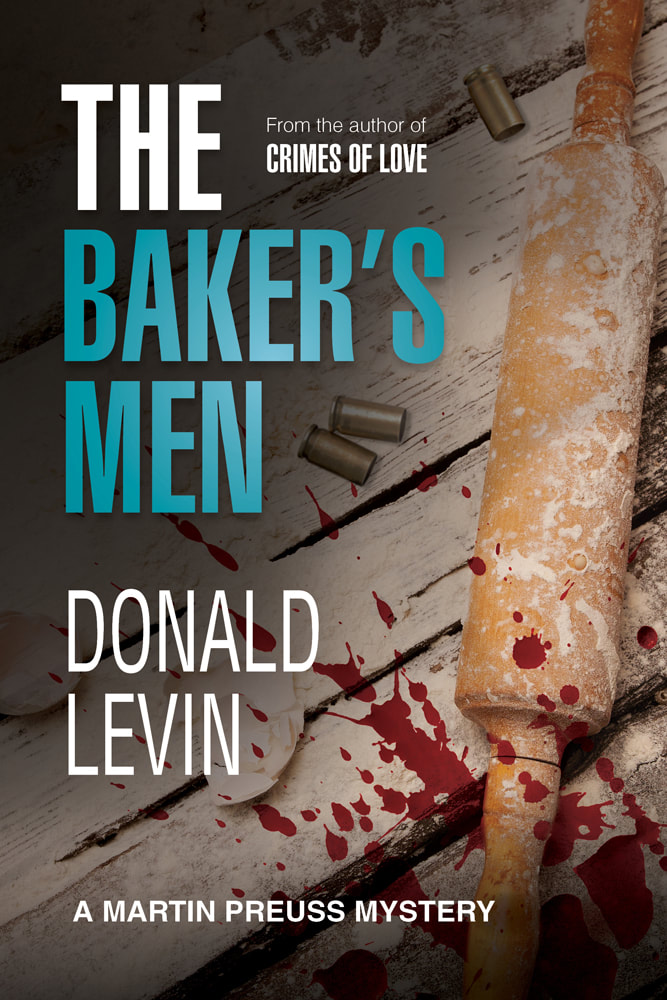
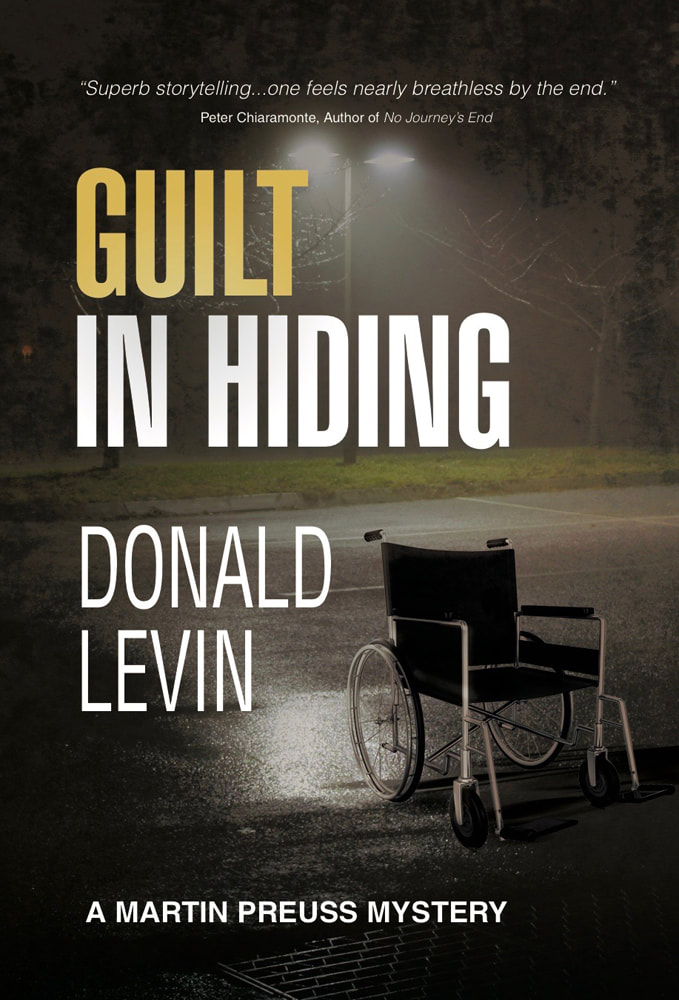
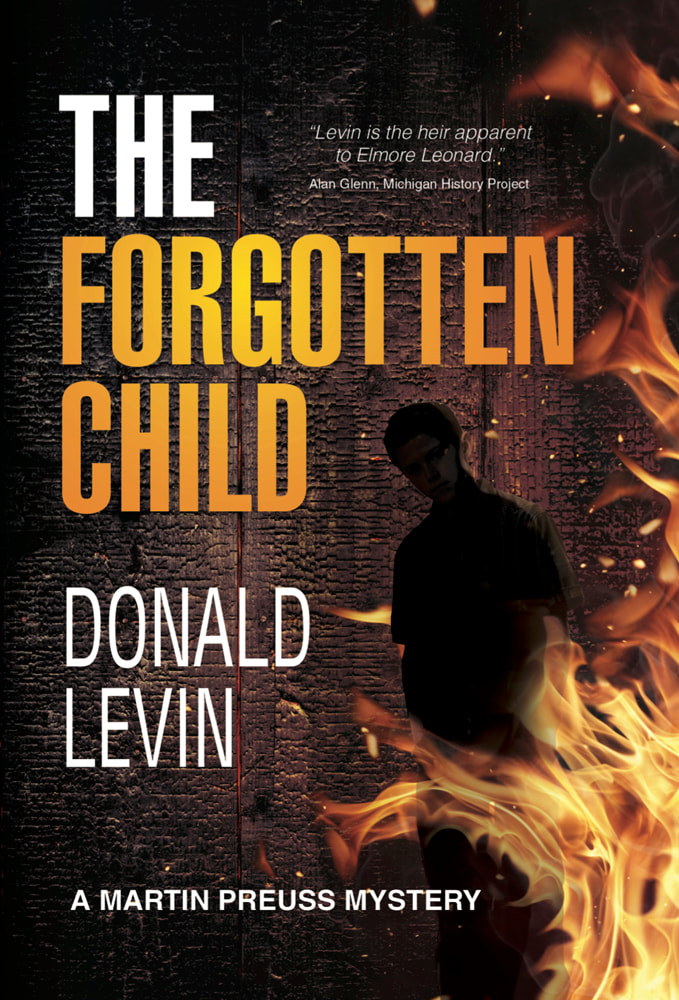
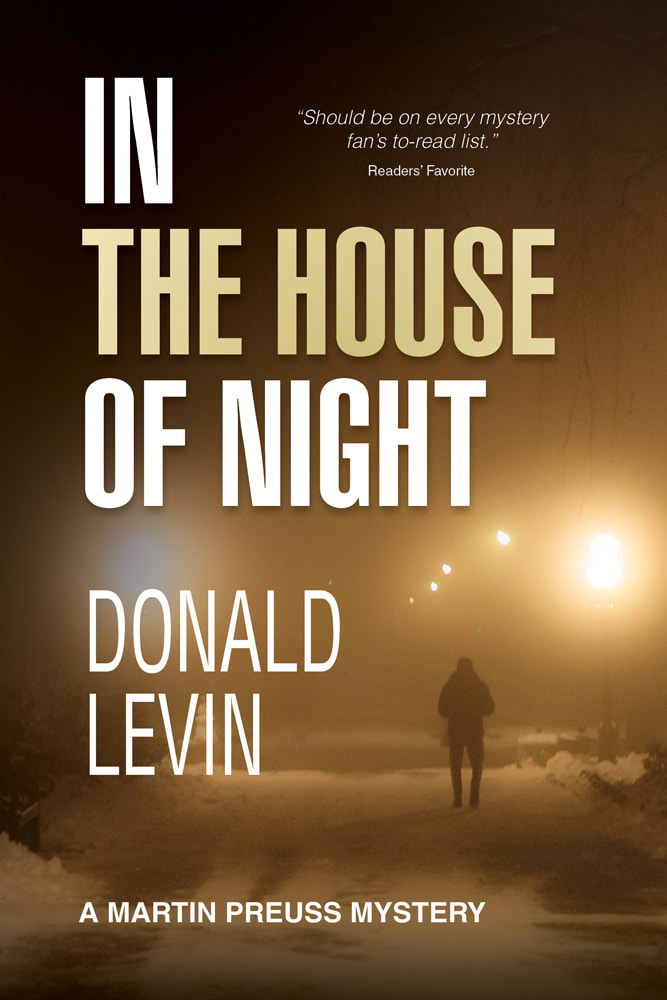
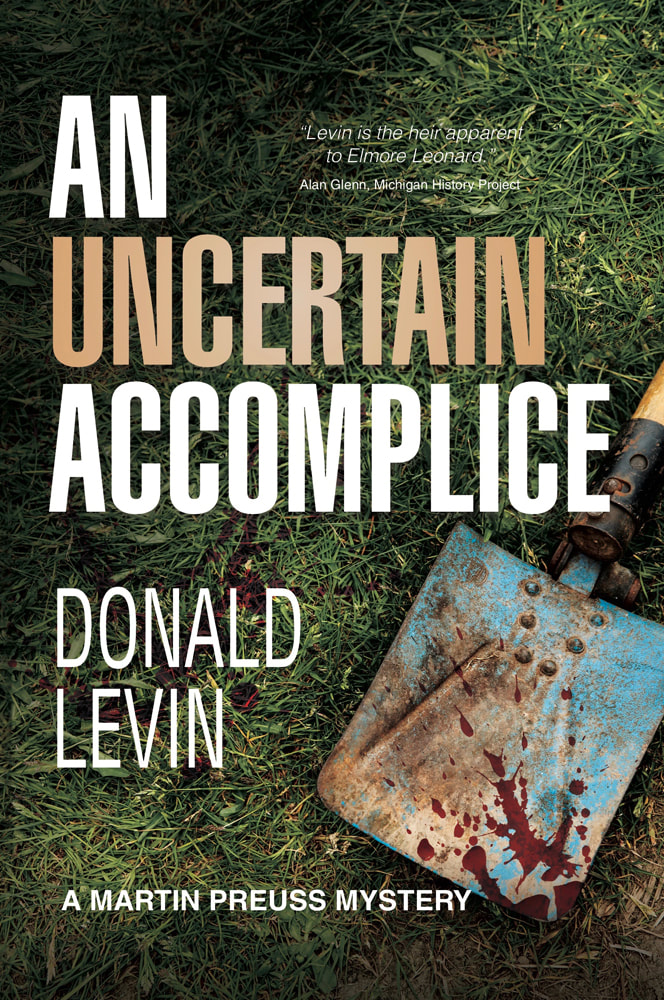
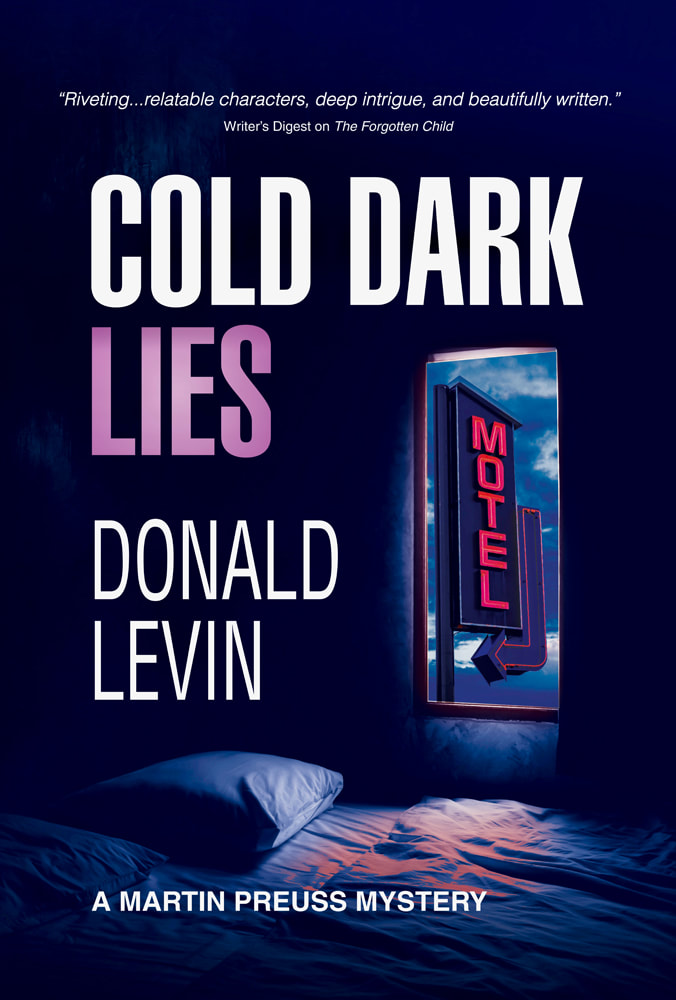
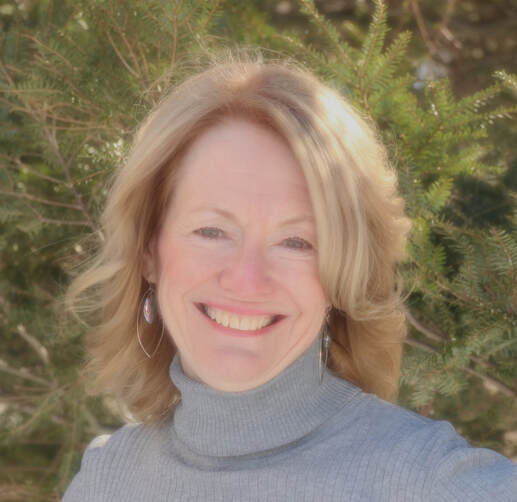
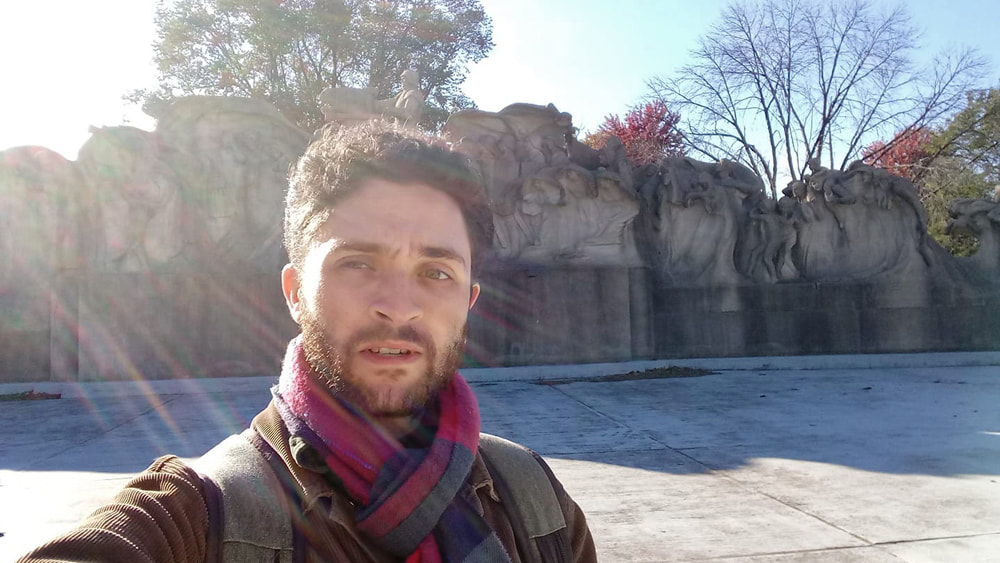
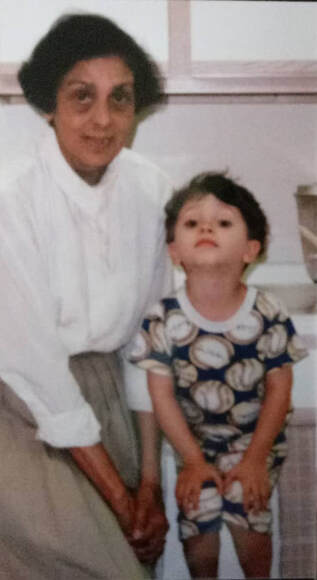
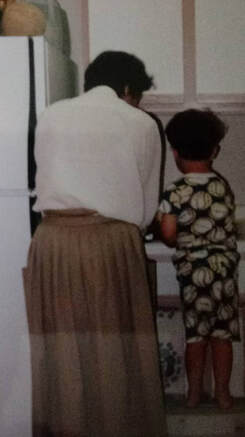
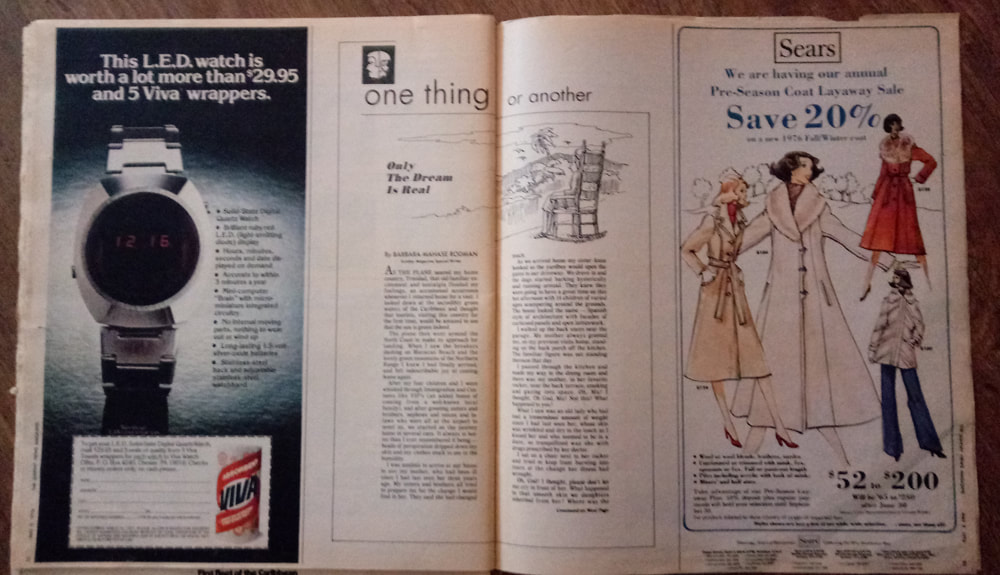
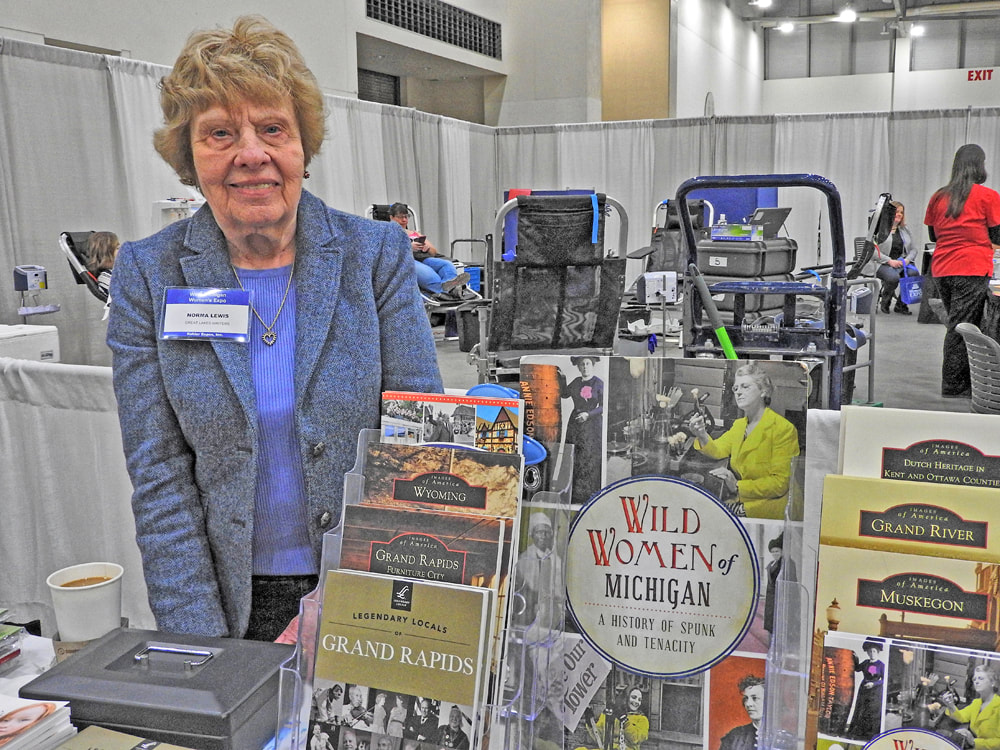
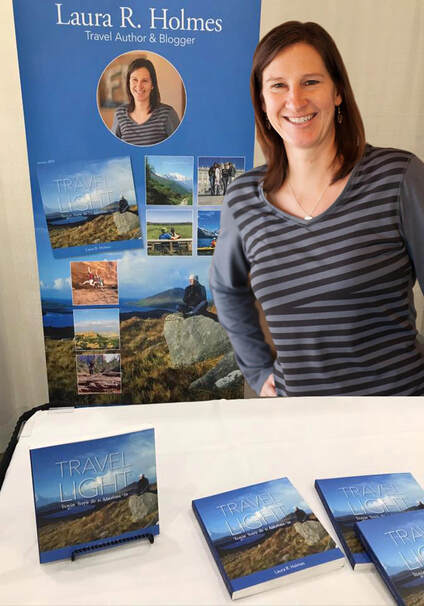
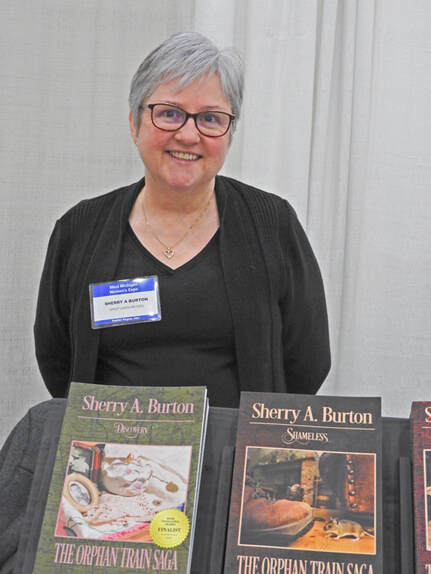
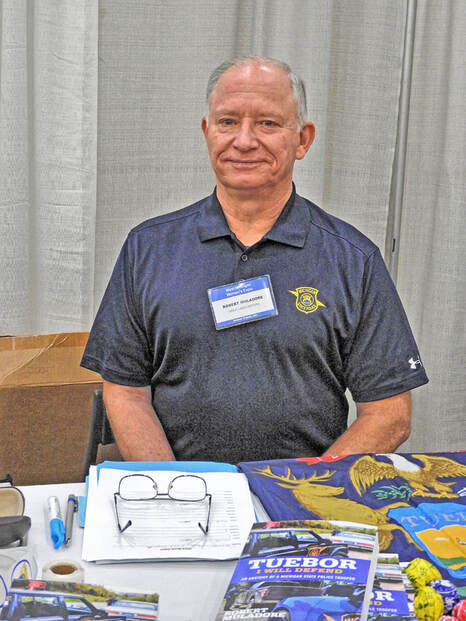
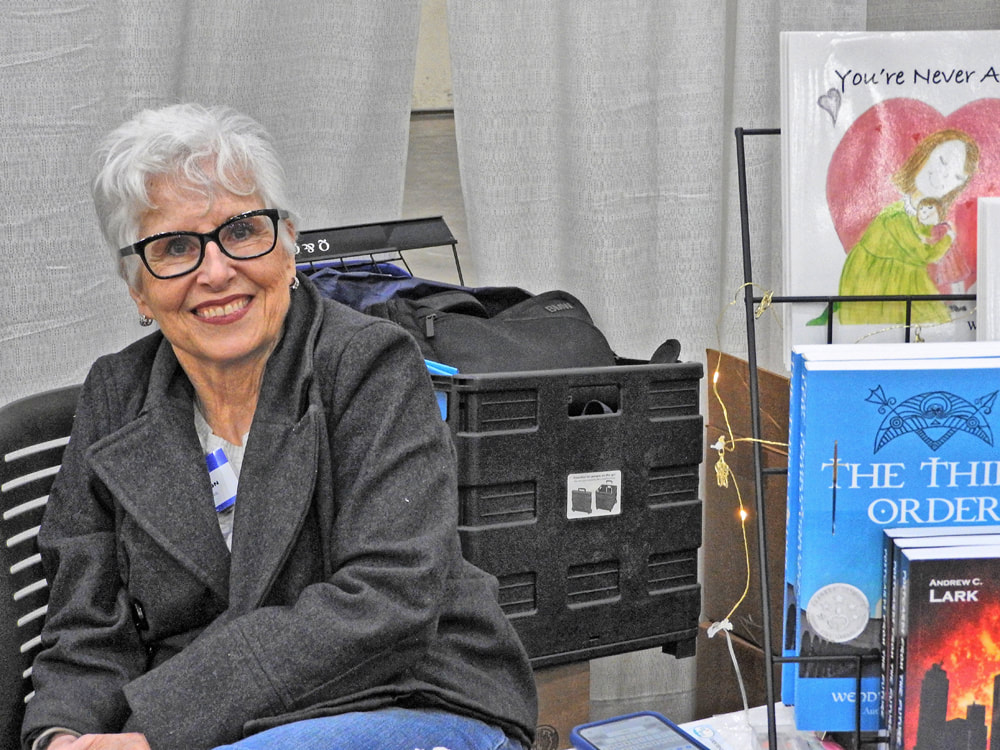
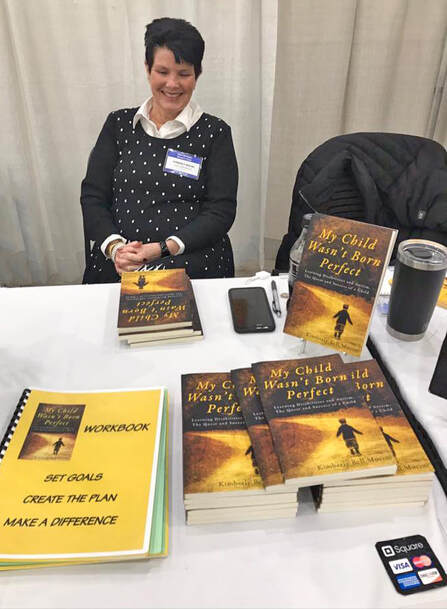
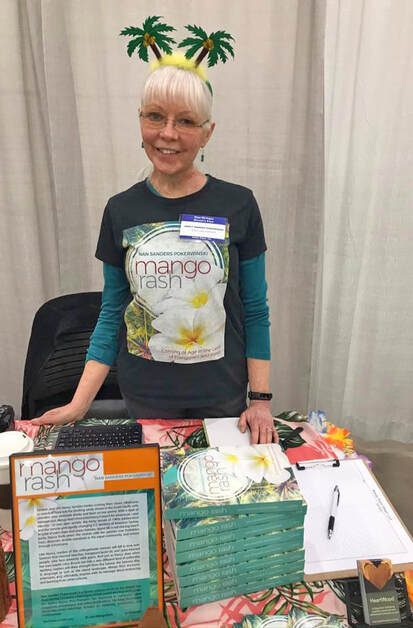
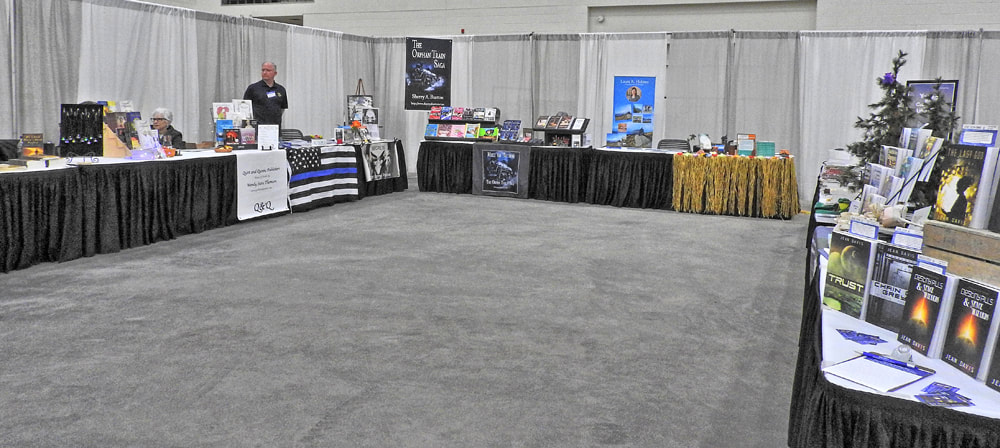
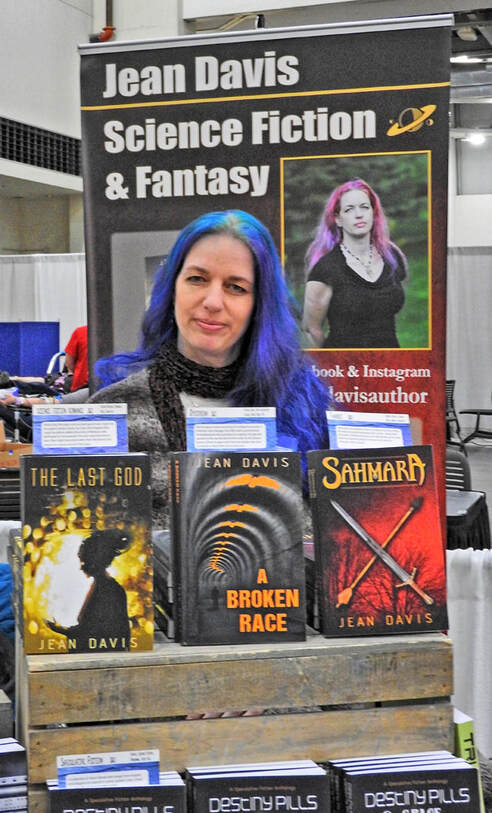
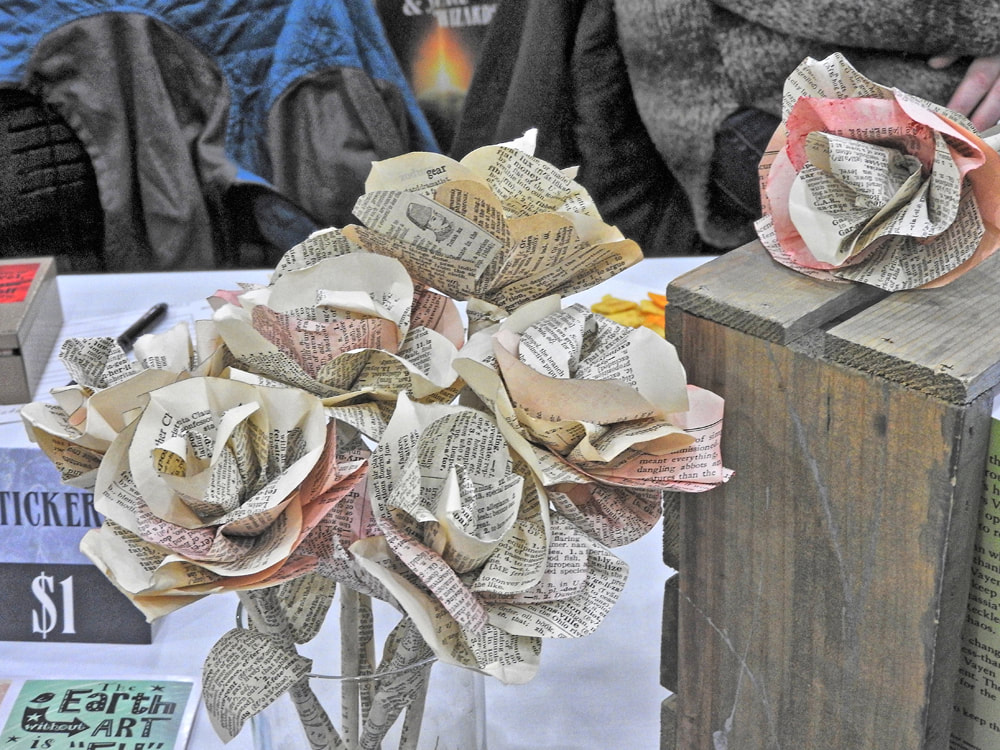
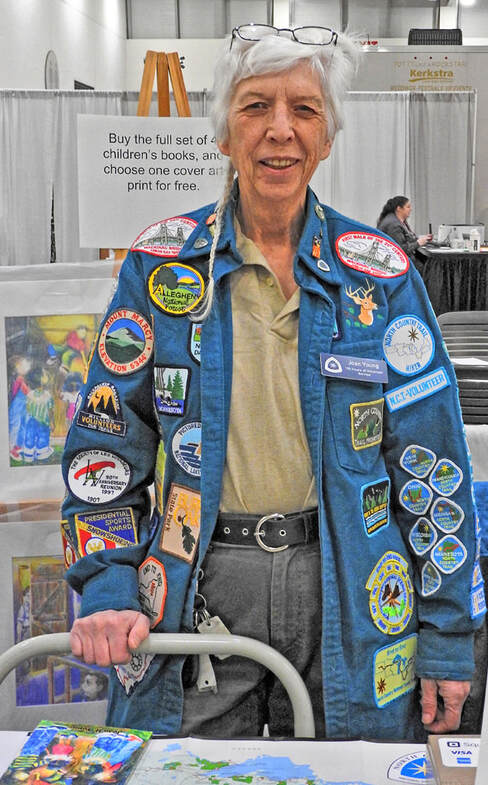
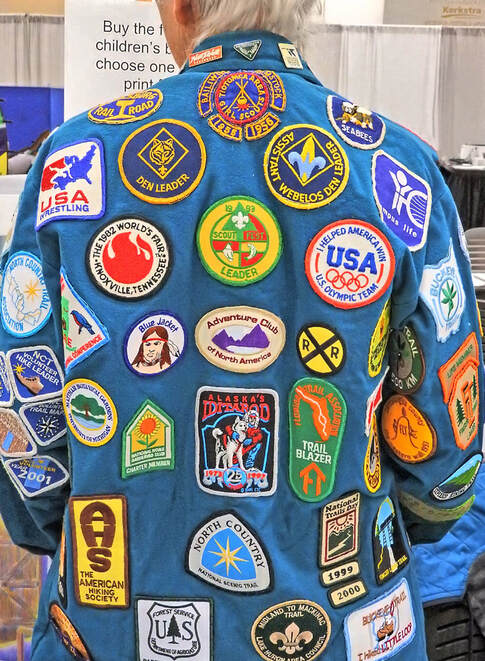
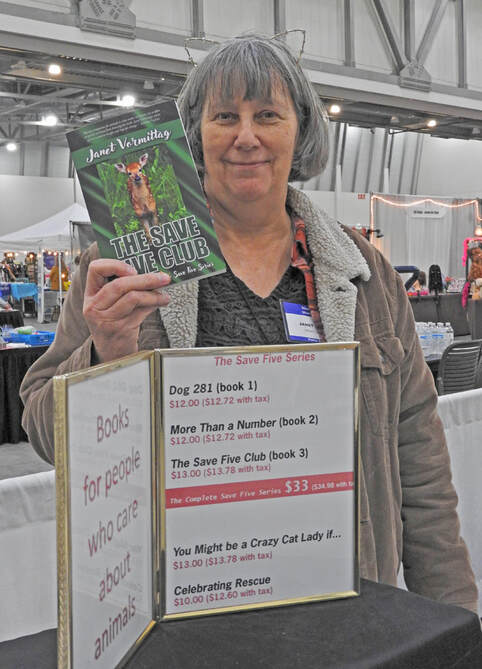
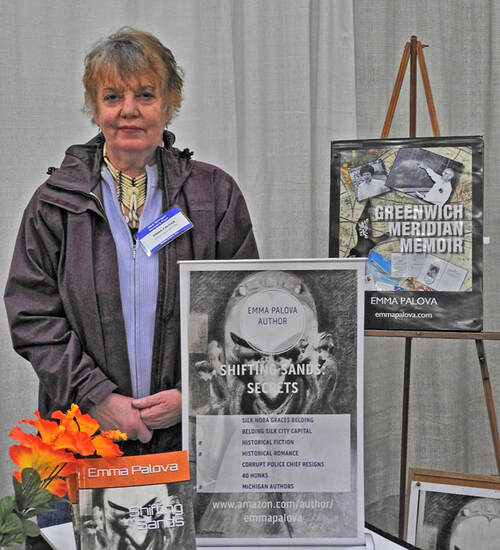
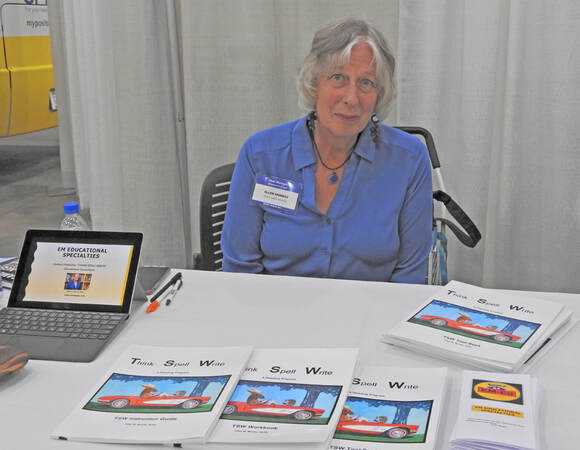
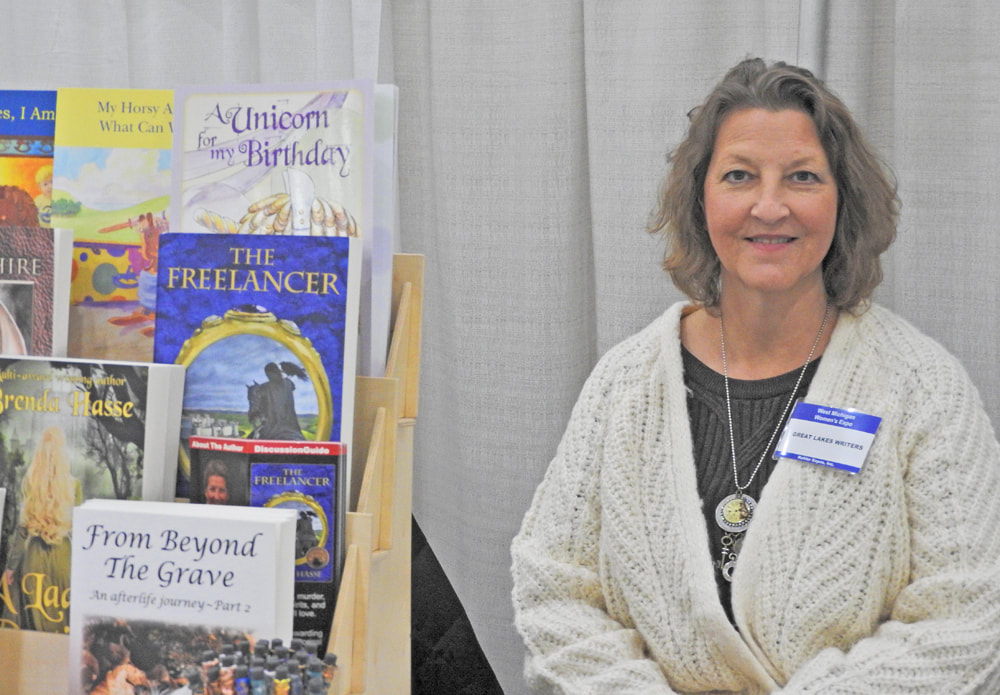
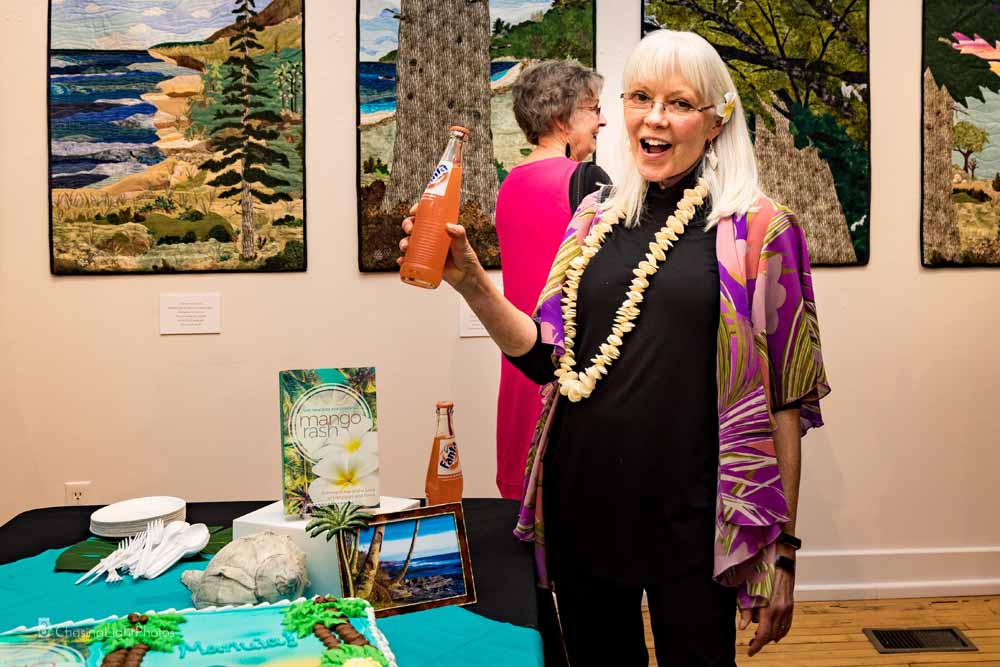
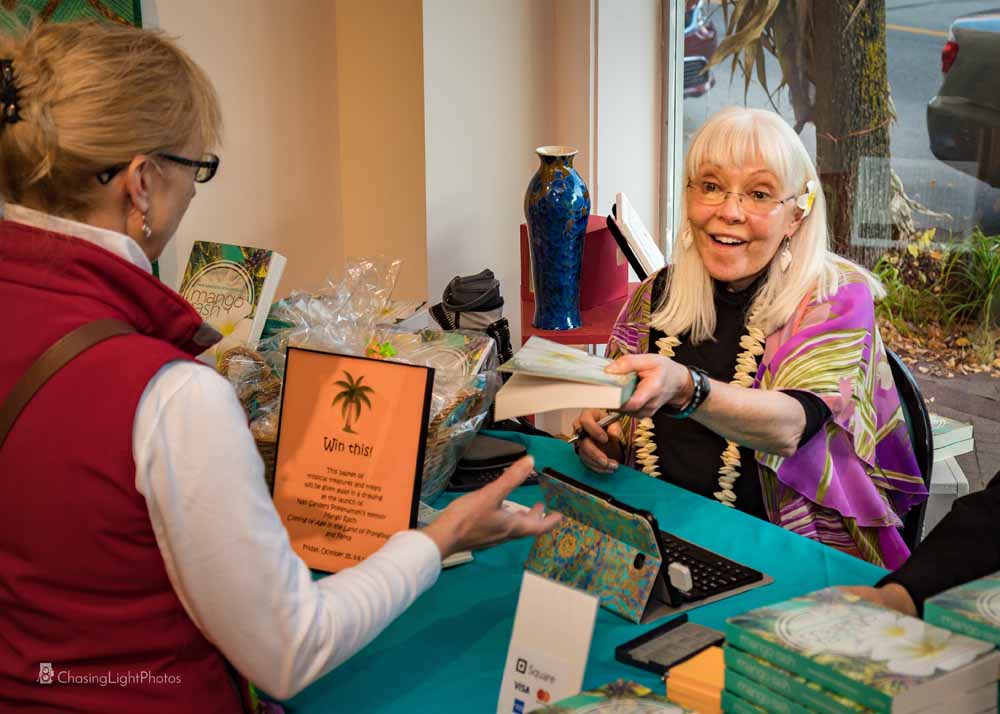
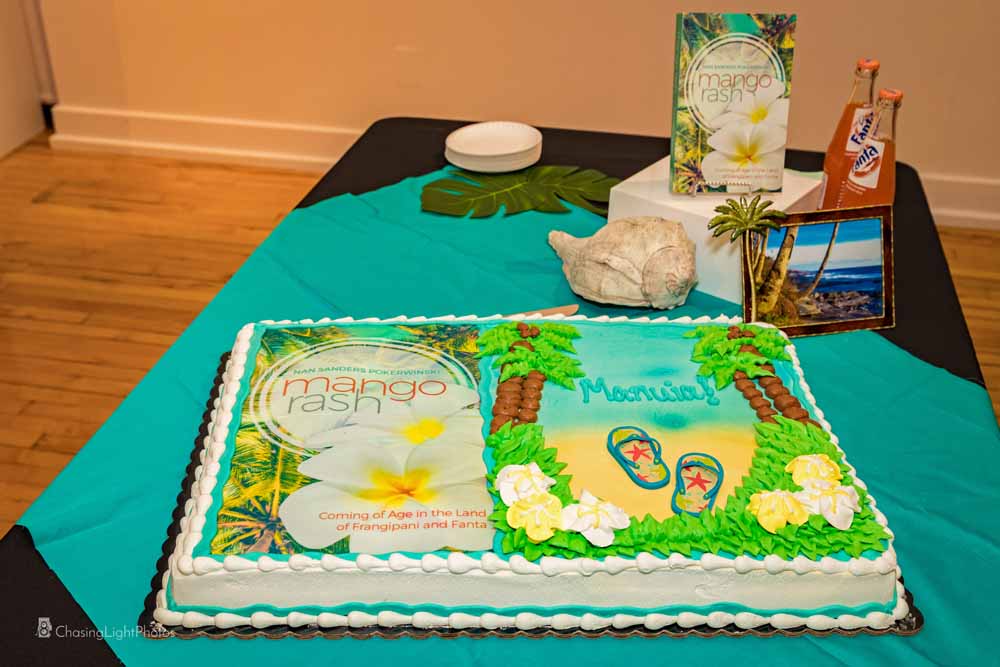
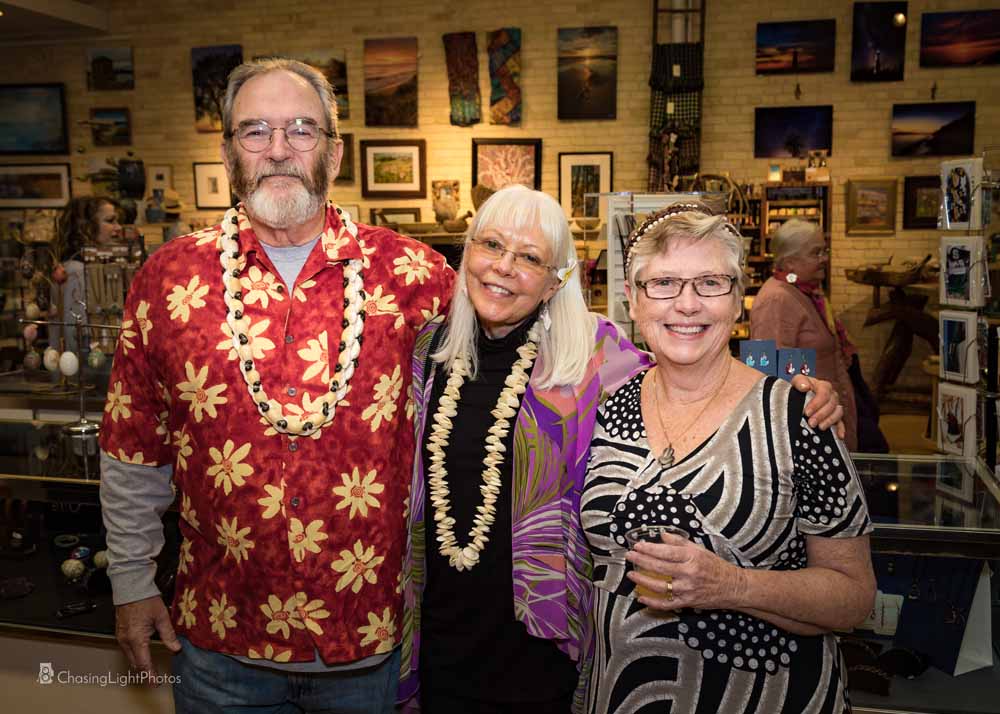
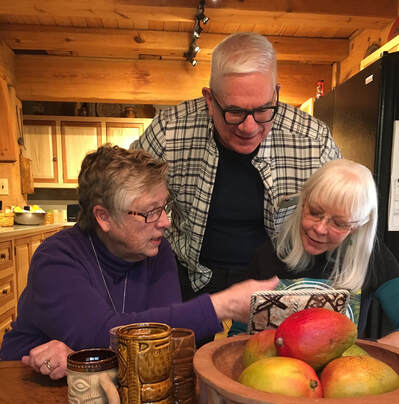
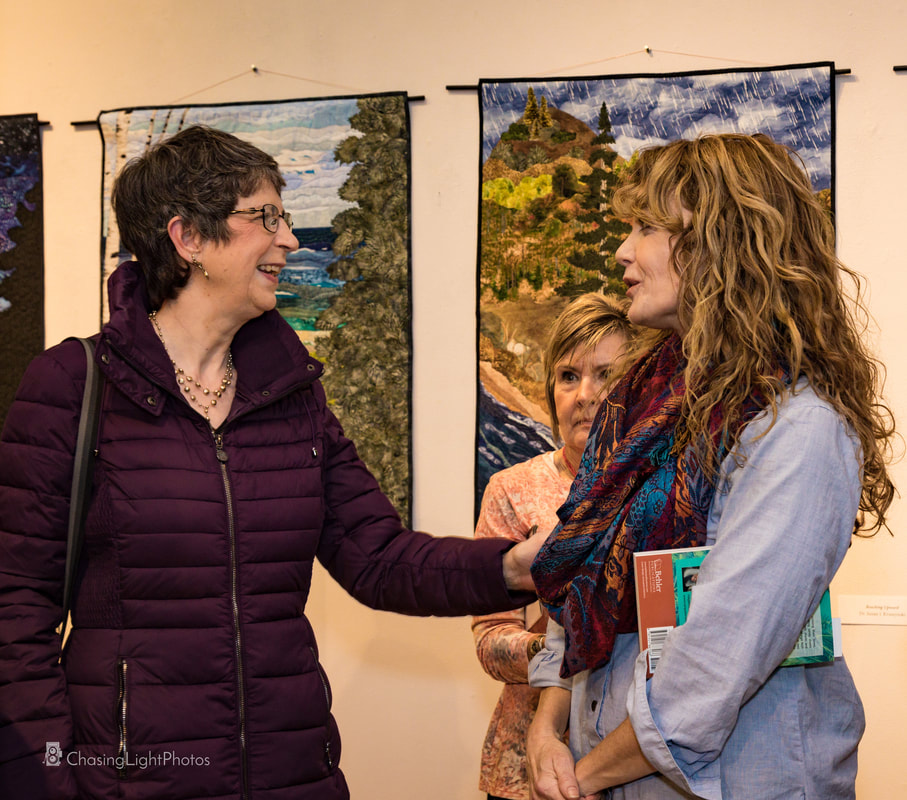
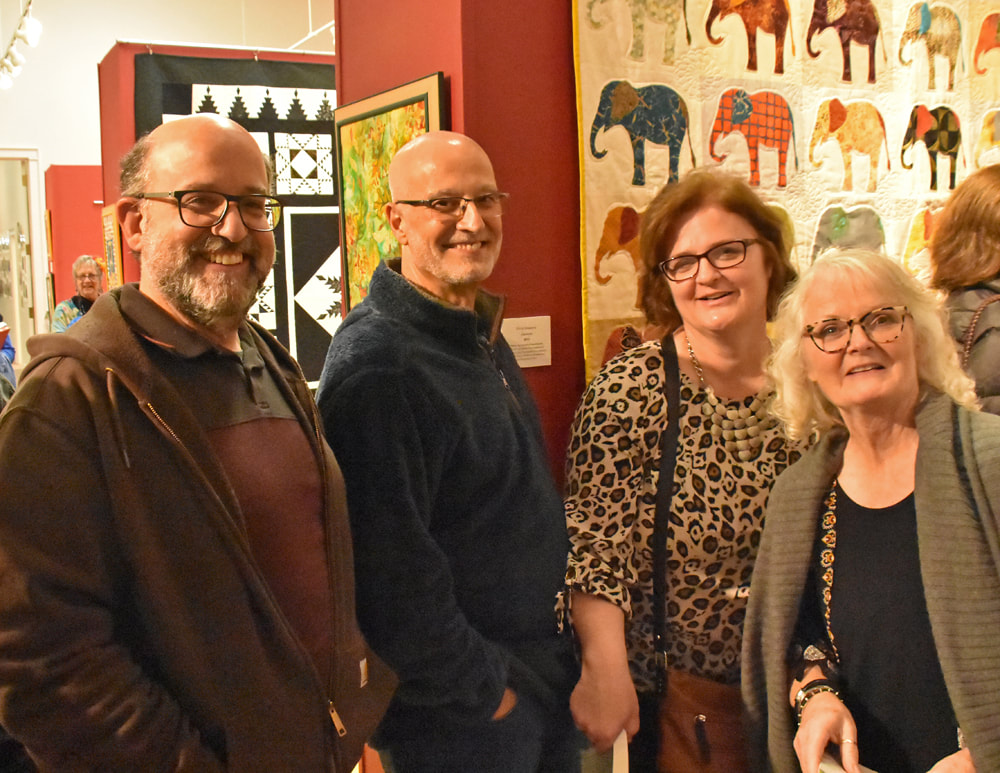
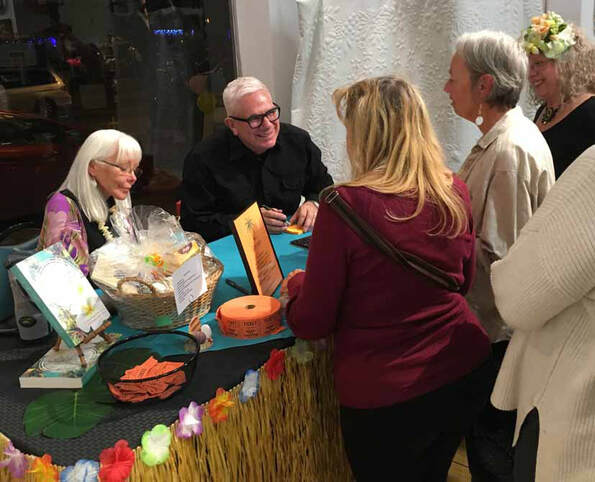
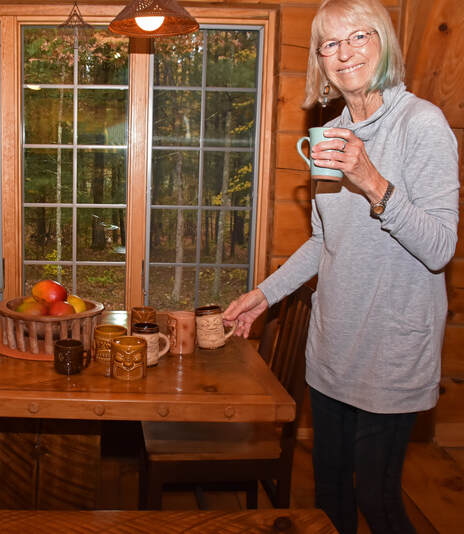
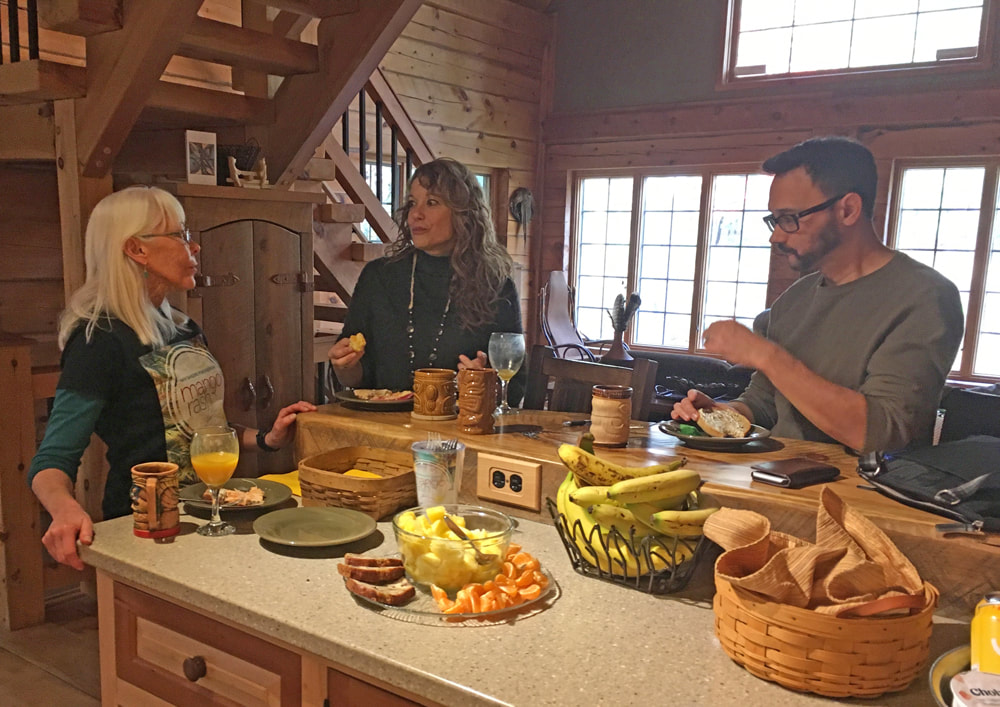
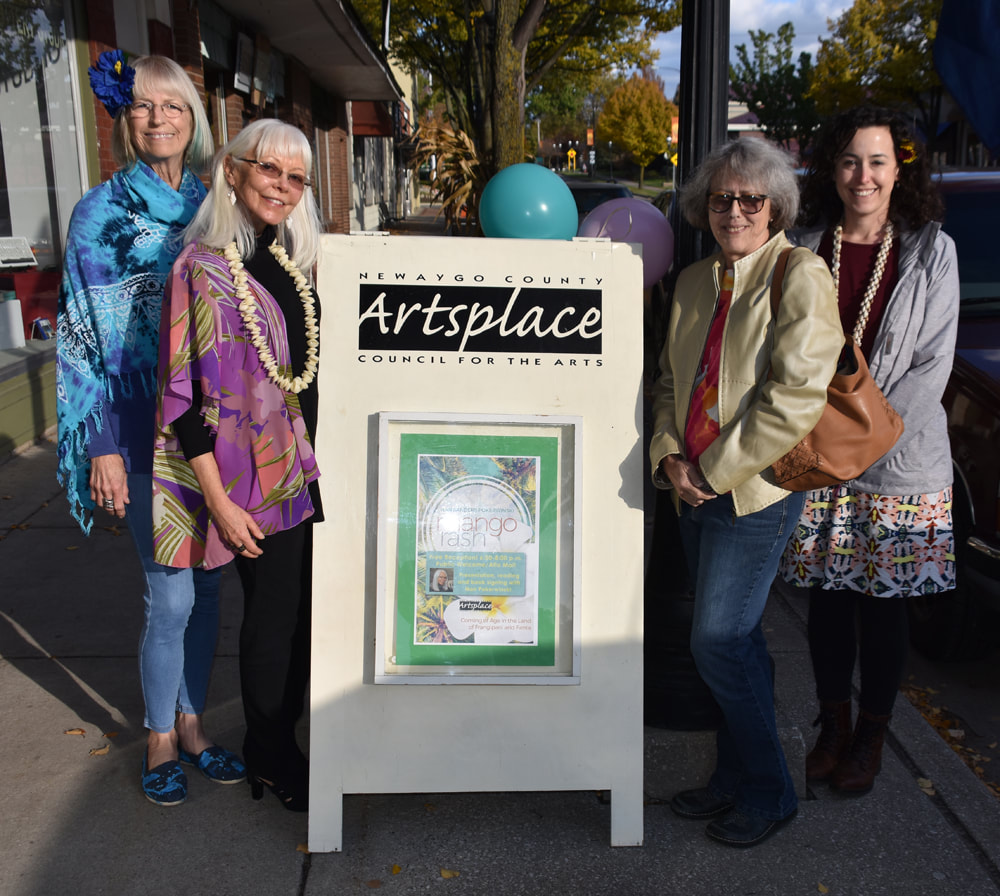
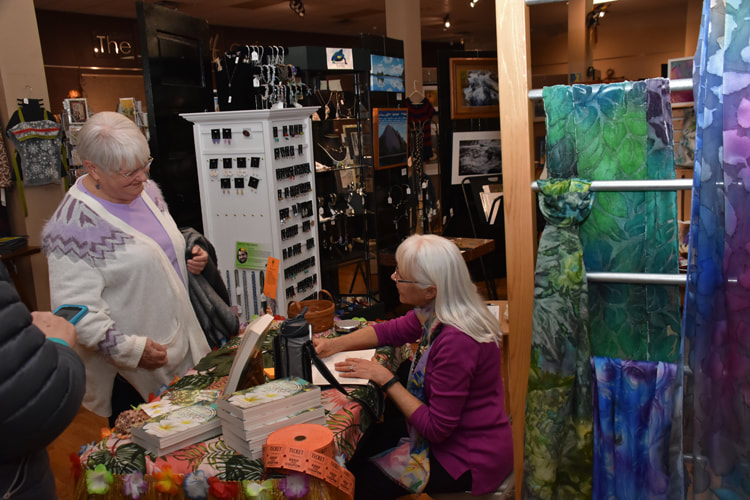
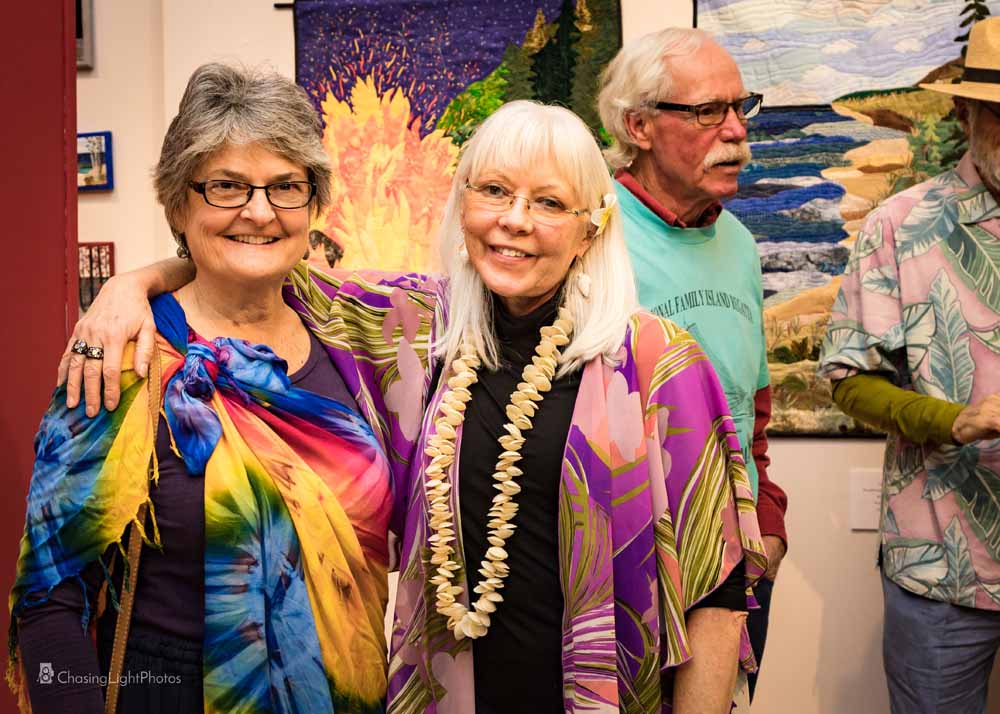

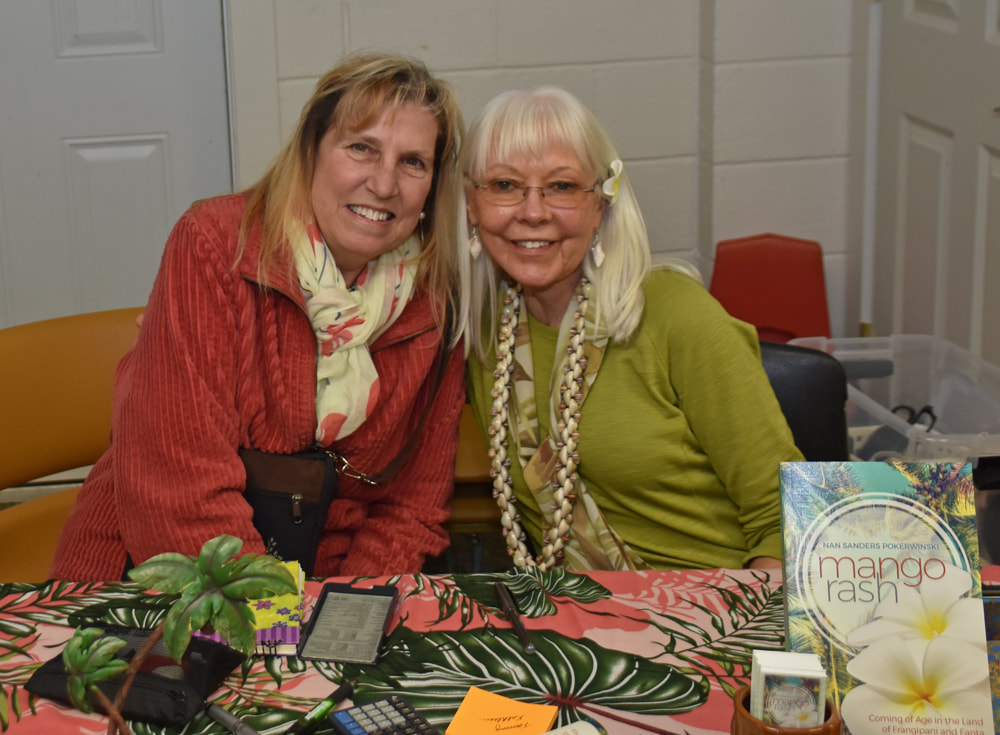
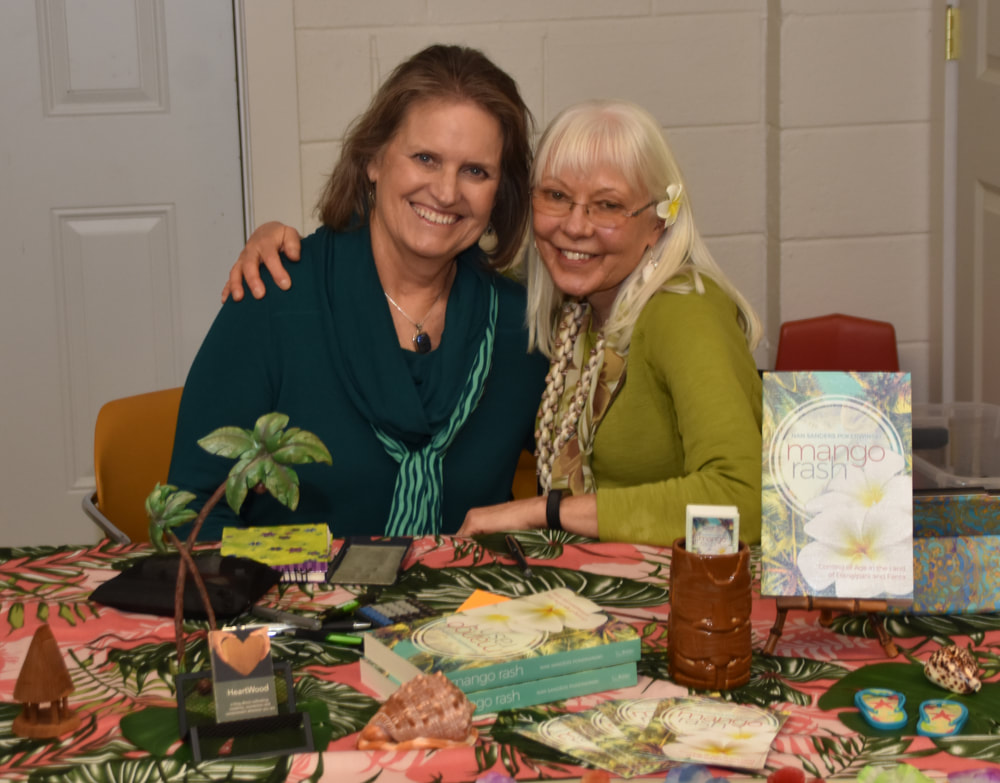
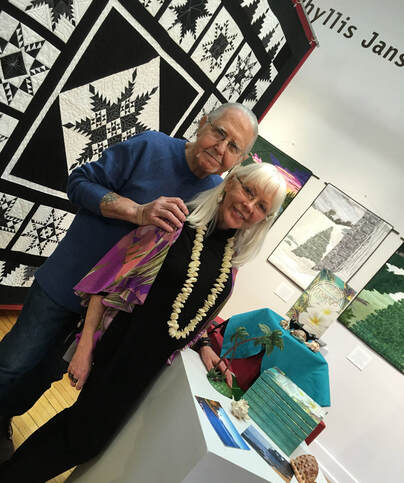
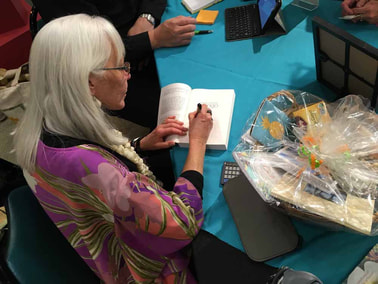

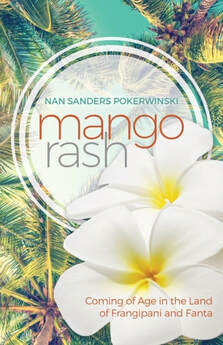
 RSS Feed
RSS Feed